Years ago I was told by my parents that I had a Wobbly in my lineage on my father’s side. I asked them to write down what they remembered about him but never followed up. Until recently.
My mother, Phyllis J. Pankonin Hughes, a fine genealogist, had prepared several notebooks for me and my brother Richard Willis Hughes II (named after my sole paternal uncle), and I browsed them in vain. That’s because I’d overlooked the family history to which my mother and my great aunt Gladys “Glad” Hughes Quinn had contributed, which we sons were gifted for Christmas 1974, the year of its publication: James Samuel Blue Family of Union County, Kentucky: Ancestors and Descendants by Jane Dyer Arnold. Indeed it contains a section on the “allied” Hughes family of my father, Robert D. Hughes.
This lineage doesn’t begin with Ed Hughes, the Wobbly. It begins with another Ed. But first…
Aunt Glad
When I left Boulder for Los Angeles around July 4, 1973, after graduating high school, Glad was the first person I visited, in San Francisco, having smoked weed in Salt Lake City during a bus layover with a burly firefighter or logger. “Just put the roach there,” he told me, holding out his calloused palm. As kids, Glad had sent us souvenirs from her travels. I still remember trying on the (decorative) wooden shoes—ouch! (In my teens and twenties I had a fondness for clogs, having been introduced to them by, well, Glad, and my classmate and churchmate Karin, of Swedish stock. I’m wearing them in the photo from this post.)
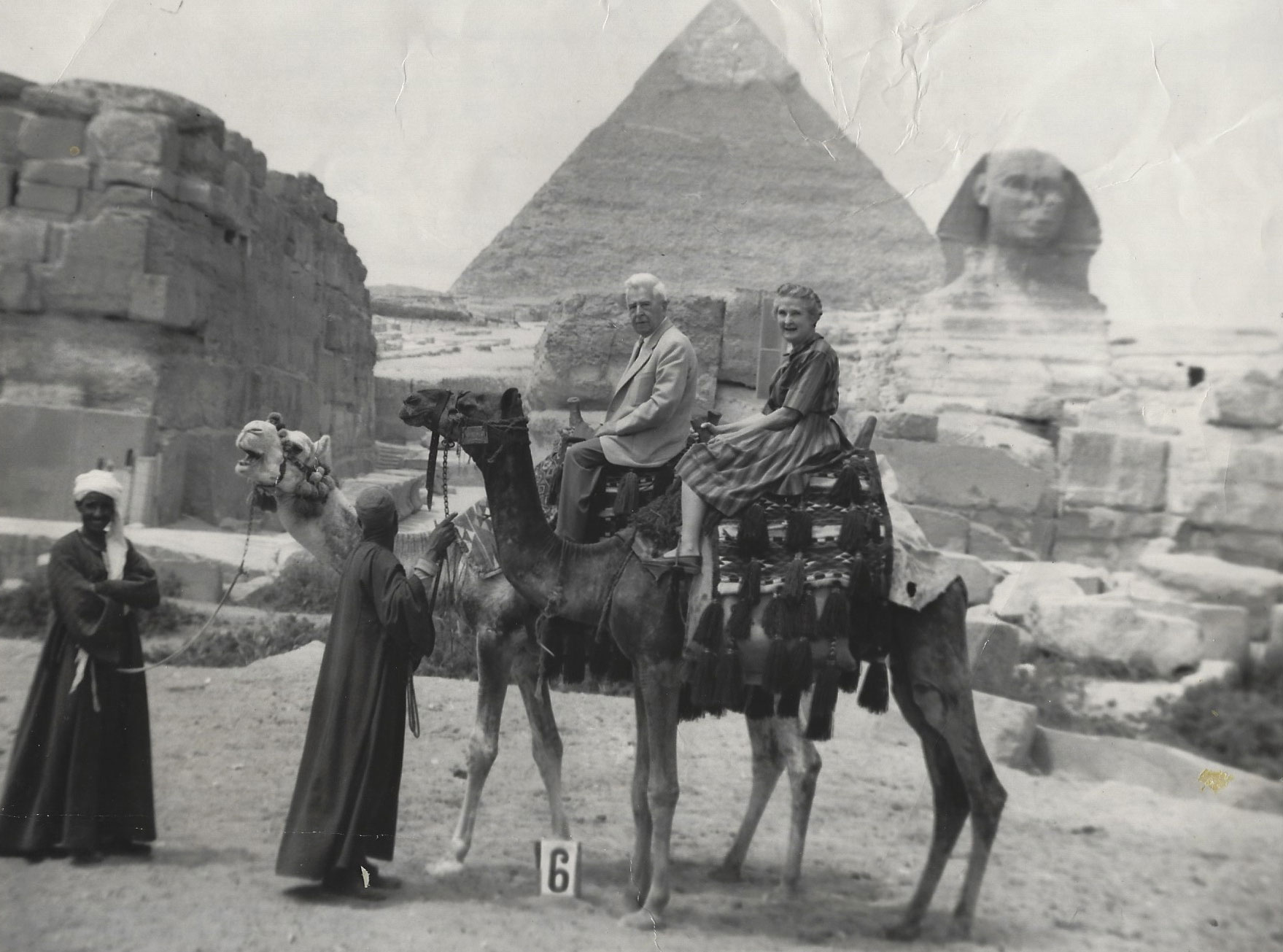
Upon my arrival on Thursday Glad made sure I picked up a copy of the Berkeley Barb, the next day’s edition’s contents of which demonstrate how brilliantly we’ve progressed five decades on: a cartoon on government surveillance by Gilbert Shelton (Fabulous Furry Freak Brothers); an interview by Linda Lovelace (she’d just published her first memoir) and another with Carol Doda (considered the first topless dancer); a brief on Rev. Ray Broshears’s gaybashing (perhaps the impetus for the founding of his Lavender Panthers); various articles about a sex worker sting in conjunction with a massage parlor workers union “battle against the studio managers [since] May”; the recall of councilperson D’Army Bailey (raising exactly the same issues of law as in the recent Newsom recall); double agents and snitches; a proposed pre-Clinton swap of AFDC with forced sub-minimum wage work; a Filipinx discrimination-in-employment lawsuit; resistance against a neo-Nazi rally in Paris’s Latin Quarter (“Nous Sommes Tous Communistes”); firebombings against Blacks in south London; a letter from Derry profiling a female “Provo”; the AMA-pharmaceutical connection; ESP; music reviews of Asleep At the Wheel, Yes, Roger McGuinn, Johnny Rivers, Cat Mother, and the Jefferson Airplane spinoff Baron von Tollbooth & the Chrome Nun; a transcript of photographer David Bailey’s television documentary Warhol (centering on Andy’s mother Julia); and a remembrance of musician Eric Dolphy.
On Friday Glad took me to see the musical Godspell at the Marines’ Memorial Theatre, after dinner at the Leatherneck Steakhouse (I was asked to keep my casual Harrington-style jacket zipped up, having forgotten I was in San Francisco). We were a dozen days shy of the San Francisco production’s one-year anniversary. The lead, Stacker Thompson, was “believed to be the theater’s first black Jesus” ever cast, according to the Chronicle.1 Clown makeup notwithstanding, a Black Jesus was for me as iconoclastic as the Surfer Jesus I’d been exposed to a couple of years before (see my Merry Kitschmas from last December).
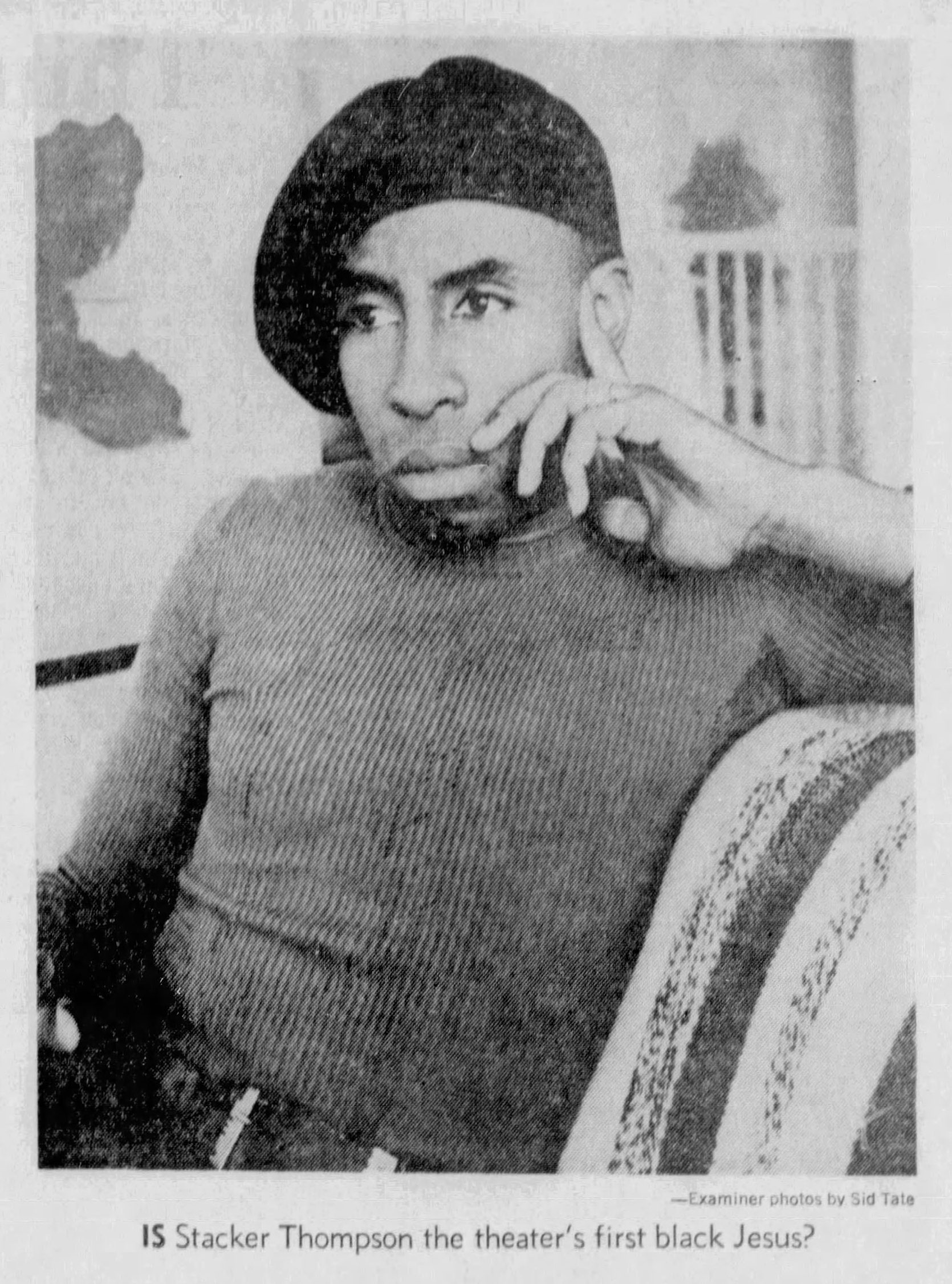
The next day Glad showed me all the sights: Coit Tower, Lombard Street (which I called “the windingest road in the world” in a postcard back home), lunch at Fisherman’s Wharf, and a boat ride to somewhere—likely the ferry to the square in Oakland named after Jack London, who was a fellow traveler of the Wobblies.2 Glad had taken by father to London’s house where they met his sister during my dad’s trip to the 1940 World’s Fair in San Francisco, which celebrated both the opening of the Bay Bridge and the Golden Gate Bridge.3 The next night I spent in L.A. at the (now) famous Hotel Cecil.4 There were several light fixtures in my room, only one containing a bulb. Hell, how was I to peruse the Barb‘s personals?
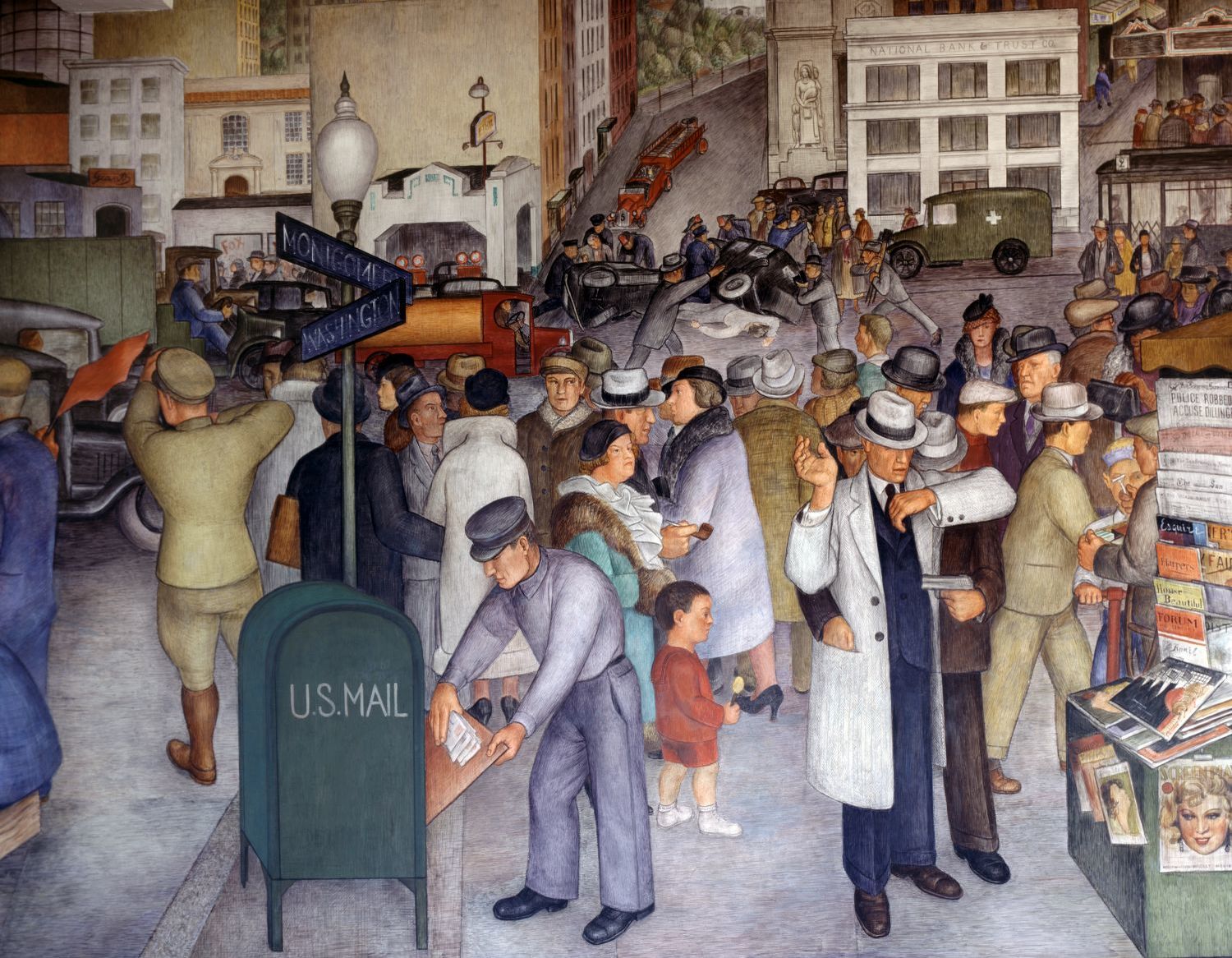
Three months later, Glad sent my mother and Jane Arnold a letter to lay out her family’s lineage as best she could recall. “Phyl has done such a superb research job, I hesitate to try to add anything,” Glad wrote before typing a dozen more paragraphs (we share that gene). “In my recall two Hughes brothers came to America originally from a family in Ireland of 21–22 children, all boys except one. All of the boys were six feet tall or over except the two who came to America while all the tall brothers were in the Queen’s Guard (Victoria I presume).” My mother revised this with her own edits, and the James Samuel Blue book author Jane Arnold made further revisions as well as collecting some of the stories Glad had included in her letter. Glad, my father’s “favorite aunt,” likely didn’t live to see Arnold’s book; she died on June 15, 1974.
Edward of Armagh
Barnabas, John, Edward (my ancestor), and Mary (Mrs. Jonathan Watts), all children from an unknown Hughes family of Hughestown, Ireland, emigrated to America soon after the Revolution.5 Hughestown is near the cathedral city of Armagh, Ireland’s ecclesiastical capital. Not only had I not been paying attention to the fact that my father descended from Ireland, but from Ulster as well? Confined to the provinces as I’d been in my mid 20s, in backwaters like Denver and Los Angeles, and evidently not very curious regarding world affairs—I drew a blank on the 1980 Clash LP title Sandanista!—I knew “Armagh” only as the incisive song on the Au Pairs’ 1981 album Playing With a Different Sex:
We don’t torture we’re a civilized nation
We’re avoiding any confrontation
we don’t torture. we don’t torture
American hostages
In Iran
Heard daily on the news
forget about Vietnam
You can ignore the 32 –
there are 32 women in Armagh jail
political prisoners here at home
the British state’s got nothing to lose
it’s a subject better left alone –
(It gets worse. It’s a subject better left alone.)
Armagh saw much bloodshed during the Troubles of the second half of the twentieth century. But back to our narrative…
Barney Hughes returned to Ireland, and the other two brothers and sister settled in central Kentucky.
One brother, Edward (1769–1833), had been trained as a Roman Catholic priest, but didn’t take his vows. He married Lettice Reed (1775–1854) in 1793 in Lincoln, the county of her birth. Lettice set aside her puritanical disposition to arrange for all the “bachelor dinners” Edward held for his friends.6 Edward passed that bachelor-in-spirit-and-in-fact gene down the generations. Before she became infirm, my own wife Andrea Carney was known to facilitate many such a dinner. Alas, my bride was barren when we married, so I was unable to father, as did Edward with Lettice (presumably after those dinners) his fifteen. (And it was his son Willis who was “said to be ‘rabbits’” for fathering sixteen—with two wives.7) We can question exactly how amenable Lettice and her generation (and a few that followed) were to such an arrangement. Family planning of a different sort figures in the Wobblies’ history, but let’s move on.
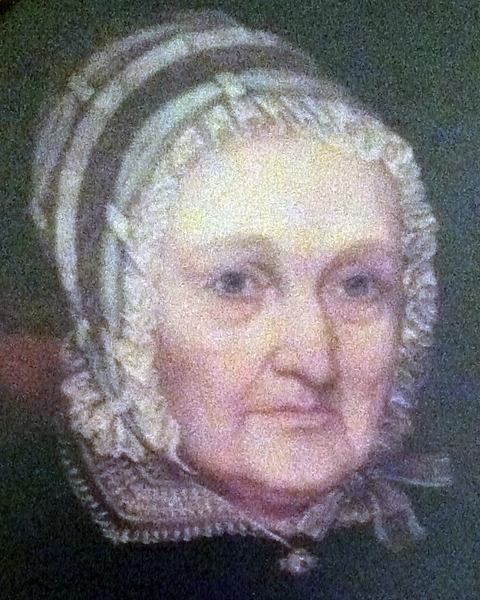
Edward and Lettice lived on a farm in Washington County (now part of Marion County). Did I mention they had fifteen children? Number 13 was Willis Green Hughes (1815–1863), apparently named after his maternal uncle Willis Green, who died in 1813 and was married to his mother’s sister Sarah Reed (1763–1816).8 Regarding the Reed family, Jane Arnold wrote:
It was Sarah who married the Virginia lawyer and surveyor, Willis Green, and was to become the ancestor of Adlai Stevenson [II]. The Willis Greens built a lovely home at Danville [Kentucky] and named it “Waveland” which still stands in 1973. Willis Green was so loved and respected by the family that his name was given to a number of Reed children.9
Willis Green Hughes was my grandfather’s grandfather: my great-great-grandfather. He was a Whig, farmer, Union man, Mason, extensive traveler (passing that gene on to my uncle Richard Willis Hughes and daughters Patti and Suzie, and to my brother Richard Willis Hughes II as well as my father), state legislator, county judge, and candidate for lieutenant governor (passing the gene of engagement in civic life to all of us who have held whatever office and/or worked to right wrongs, and which has made our family gatherings so, mm…, engaging).10 And a “slave owner.”
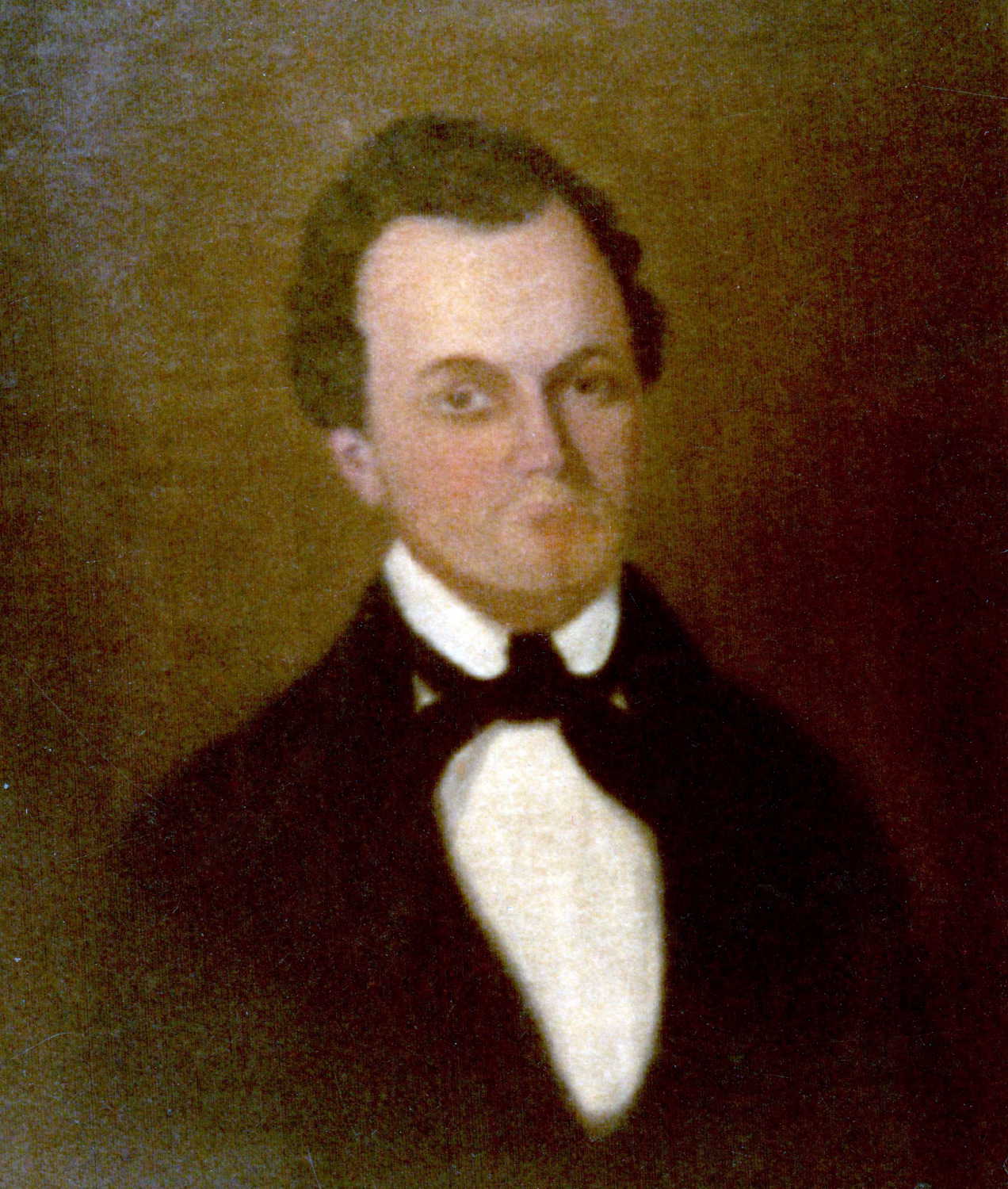
Willis was gored by a bull in 1863 and died. (Let’s take this with a grain of salt in light of Edgar’s tale of the death of Andrew Ramsey below, also in 1863.)
“Schedule 2—Slave Inhabitants”
It’s through Aunt Glad’s letter to my mother and Jane Arnold that I learned Willis had enslaved people. This cruelty is made more cutting because the given name Willis is my great-great-grandfather’s, my uncle’s, and my brother’s; it’s also my grandfather’s.
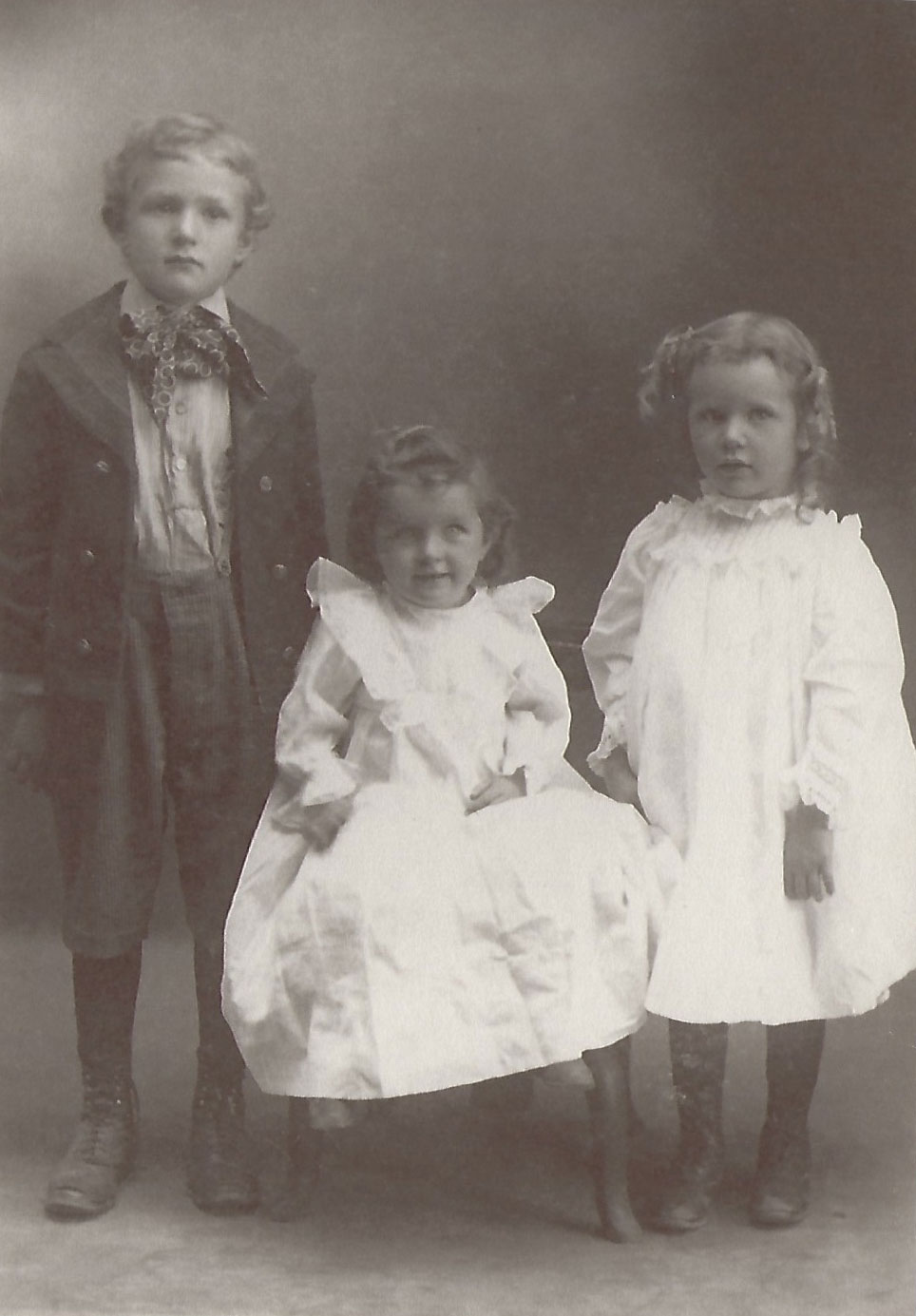
An 1860 “schedule” of “slave inhabitants” for Union County, Kentucky lists eighteen anonymous souls between the ages of 1 and 65; all but six male; all Black; none deaf & dumb, blind, insane, or idiotic; none fugitive or freed; all housed in four buildings.11 The name of Willis G. Hughes appears in the first column:
From the little I know about Kentucky history, during the Civil War this enslaving-state’s stance strikes me as, on the one hand Vichy-like (a majority of counties actually declaring their own secession), and on the other, Swiss-like (maintaining an ostensible neutrality as a border state). As a Union Man, Willis was in line with Kentucky’s stance, but he didn’t fight.
In her letter, Glad turned to her father, my great-grandfather, who was not a Willis: “Henry Dallam Hughes was born Aug. 26, 1854. He was nine years old, in 1863, when his father died and remembered the Civil War days.” His father Willis Green Hughes had been the law partner of Henry Dallam, for whom he named the eleventh of his sixteen children. H.D. was Willis’s first child with Sarah E. “Bettie” Barbour, following the death of his first wife Mary A. Hodge Davis in 1852.
Glad herself was H.D.’s daughter with his third wife Mary Jane Ramsey, and H.D. was my grandfather’s father with his second wife Sarah Gertrude Ramsey. And yes, there will be a test.
Henry Dallam Hughes was: a Baptist minister (passing the propagate gene to my uncle, me, and my brother), a wheat farmer in Kansas (passing that gene to my father, who farmed my mother’s bequest in Nebraska, and to my paternal cousin Suzie Hughes, whose summer plot overflows with bounty), a chicken farmer in Colorado, a realtor in McDonald, Kansas (none of us has done too bad in the property department), and a gold prospector in Colorado (relaying a regard for the rare to my brother and my niece E. Billie Hughes).
Of H.D.’s generation (presumably), Glad wrote, “I believe 5 (certainly several brothers) were in the Civil War. However, Willis G. is the only name I am positive of. He spent several months with us in McDonald on each of 2 or 3 occasions. I think one brother was killed in the war.” In her letter, Glad called this man “Uncle Willis.”12
Civil War records appear to confirm Glad’s recollection. With a bit of a twist. I’ve already stated that Willis Green Hughes—my grandfather’s grandfather—didn’t fight. Which “Willis G.” did? Was this the man Glad called “Uncle Willis”?
Willis Green Hughes, C.S.A.
A Willis Green Hughes, age 21, enlisted on August 1, 1861 in the Confederate army at Henderson, Kentucky. He’s not identified as “Jr.”13
But a Willis Green Hughes Jr. exists. He’s the son of my father’s great-grandfather Willis Green Hughes (1815–1863) and the older brother of Glad’s father Henry Dallam Hughes (1854–1934).
That Willis Jr. was not 21 in 1861. He appears to have been born in August of 1846 or ’47.14 Could he have enlisted during his birth month, at age 14 or 15, four months after the start of the Civil War in April 1861? At 15 I began to march to the beat of a different drum also, but I’m glad my trajectory didn’t veer in that direction.
A legacy National Park Service web page states, “Unknown numbers of children served in the armies” during the Civil War. That Willis Green Hughes Jr., a young teenager, son of a “Union man,” could pose as a 21-year-old, and would do so when the minimum age for enlistment was 18—in the Confederate army—is a conundrum that I believed could be surveyed if not solved by his war record.
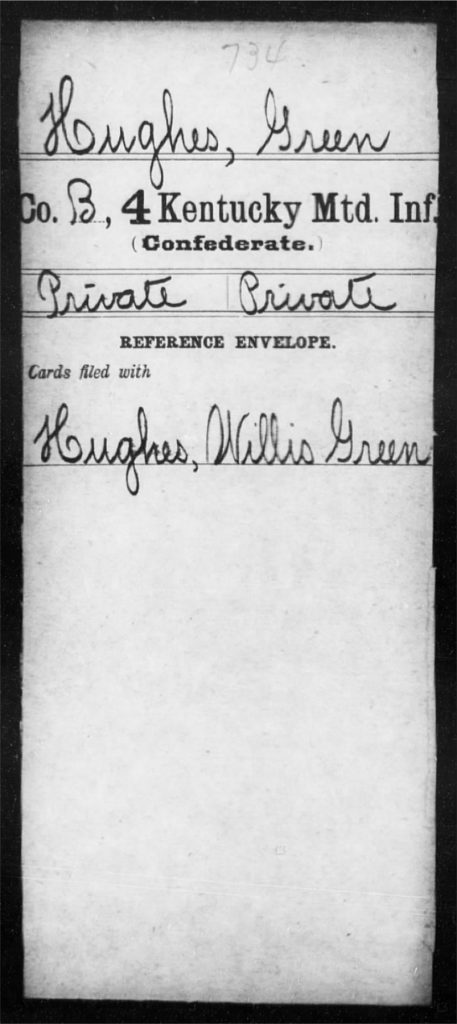
And so. A Willis Green Hughes, age 21, enlisted on August 1, 1861 in the Confederate army at Henderson, Kentucky (just east of the elder Willis’s Union County). He mustered in at Camp Burnett in Tennessee, 105 miles due south, a mile (or so) from the Kentucky border. The camp was named after Henry C. Burnett, who was a U.S. Representative as well as a Confederate Senator. Willis mustered as a private in the 4th Regiment of the Kentucky Foot Volunteers that September 14 for “three years or War.” Two weeks later he and his company were temporarily attached, through December 31, to a light artillery company at Issaquena, in west-central Mississippi.
On February 16, 1862 Willis was captured during the Battle of Fort Donelson, which “resulted in virtually all of Kentucky as well as much of Tennessee, including Nashville, falling under Union control,” according to Wikipedia. He appeared on a POW roll at Camp Morton, Indiana in June 1862. But he appears as “absent” on the roll for a POW exchange at Vicksburg, Mississippi on August 24. Two intervening company muster rolls explain: “escaped from Yankees at Cairo, Ill. Probably with Col. Johnson’s Cavalry.”
A subsequent POW roll states Willis had been captured in Union County, Kentucky (the home of Bettie and Willis G. Hughes Sr.) on January 4, 1863, and received at Camp Chase, Ohio on February 10 from Henderson, Kentucky (site of his enlistment). He and fellow prisoners at Camp Chase were exchanged with Union prisoners in City Point, Virginia on March 28, 1863. By this time he was going by his middle name, Green.15 His original company reformed on April 14.
Willis again was captured on July 4, 1863 in Glasgow, Kentucky (near the southern border, containing many stops on the Underground Railroad). He was a deserter, discharged on August 12 “on oath and bond.”16
The Louisville Daily Journal published a list on October 1, 1863, page 2, containing Willis Hughes’s name:
The following is a list of the names of the various persons who have executed bonds to keep the peace and be of good behavior toward the Government of the United States, which bonds have been filed in the Clerk’s office of the District Court of the United States for the District of Kentucky, at Louisville, since the 1st day of July, A D. 1863.
Keep the peace he did not. Willis was listed as sustaining a slight scalp wound on a transcription of casualties for May 9 and 14, 1864 at Mill Creek Gap and Resaca, Georgia, respectively. On September 1, 1864 he was taken prisoner at Jonesboro, Georgia. On December 3 he appeared on a Confederate roll of deserters that the Union had provided, claiming he’d deserted on November 20 at Jonesboro and “had taken oath.” Willis made the Oath of Allegiance to the United States on December 5, 1864 at Chattanooga, Tennessee, which had been overtaken by the Union on November 25.
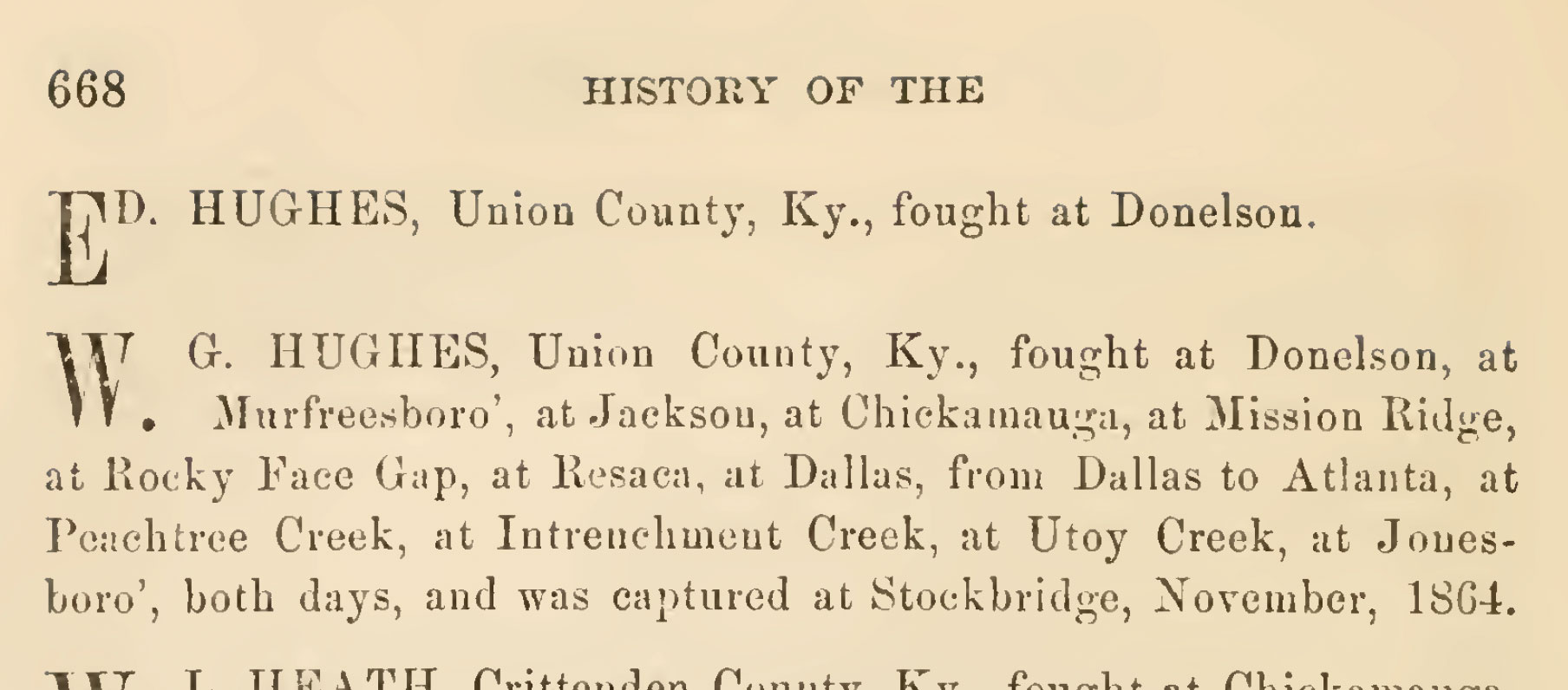
Willis is described as hailing from Union County, having a dark complexion, black hair, brown eyes, and being 5′ 9″ in height.
Green Hughes, as his Confederate record listed him on December 5, 1864 (below), had grown two inches in the twenty months since the prisoner exchange of late March 1863 (above).
A still-growing boy, enlisting at 14 or 15 in August 1861, might display such a spurt a year or two later, but how likely is it for a 21-year-old? This detail, as well as Green’s 1863 capture in his parents’ county, led me to believe that Green Hughes of the Confederate States Army is Willis Green Hughes Jr.—Glad’s “Uncle Willis,” born in 1846, who spent time with her family in Kansas before his death in 1921.
Except that, as I discovered later, Glad’s father H.D. had a cousin named Willis G. who was in the household of her father’s uncle James Reed Hughes (1794–1865) in Union County according to the 1860 U.S. Census. Having been born about 1840 (fourteen years older than H.D., but still in his cousin’s generation), this Willis was the right age to have enlisted in 1861 at 21. But this Willis G.—“the only name I am positive of,” Glad wrote—doesn’t appear to be one of the “5, (certainly several brothers) [who] were in the Civil War,” as she wrote also. If we assume that Glad was speaking of H.D.’s brothers (she mentions a Willis G. in this context but does not explicitly ID him as a brother), indeed as many as five Hugheses (out of seven who survived infancy) could have been “in” the war, depending on how late they enlisted: Edward (b. 1838), James Reed (b. 1844), Joshua Davis (b. 1845), Jonathan Reed (b. 1846) and, of course, Willis Green (b. 1846).
Green Hughes, U.S.C.T.
Another Green Hughes from Kentucky fought in the war, on the Union side. He had been enslaved by a James R. Hughes (No! I exclaimed), who had “acquired title” to Green “by purchase upon the block in the Town of Springfield, Washington County, Kentucky in the year 1854.” In keeping with Kentucky’s ambivalent stance, mentioned above, slavery in the state was not abolished during the war. Green Hughes enlisted as a private on July 22, 1864 at Camp Nelson in Jessamine County, near where he’d been enslaved in Springfield. His documents list James Hughes as his “reputed owner.”
Green mustered at Camp Nelson on July 24th with the 12th U.S. Colored Heavy Artillery. He was a farmer, 22, 5′ 8″, with black complexion, eyes, and hair, illiterate. He was appointed 6th Sergeant on July 25, 1864 and “reduced to ranks” on September 23. He mustered out in Louisville on April 24, 1866, having paid $45.83 for clothing and a $100 bounty due the previous summer.
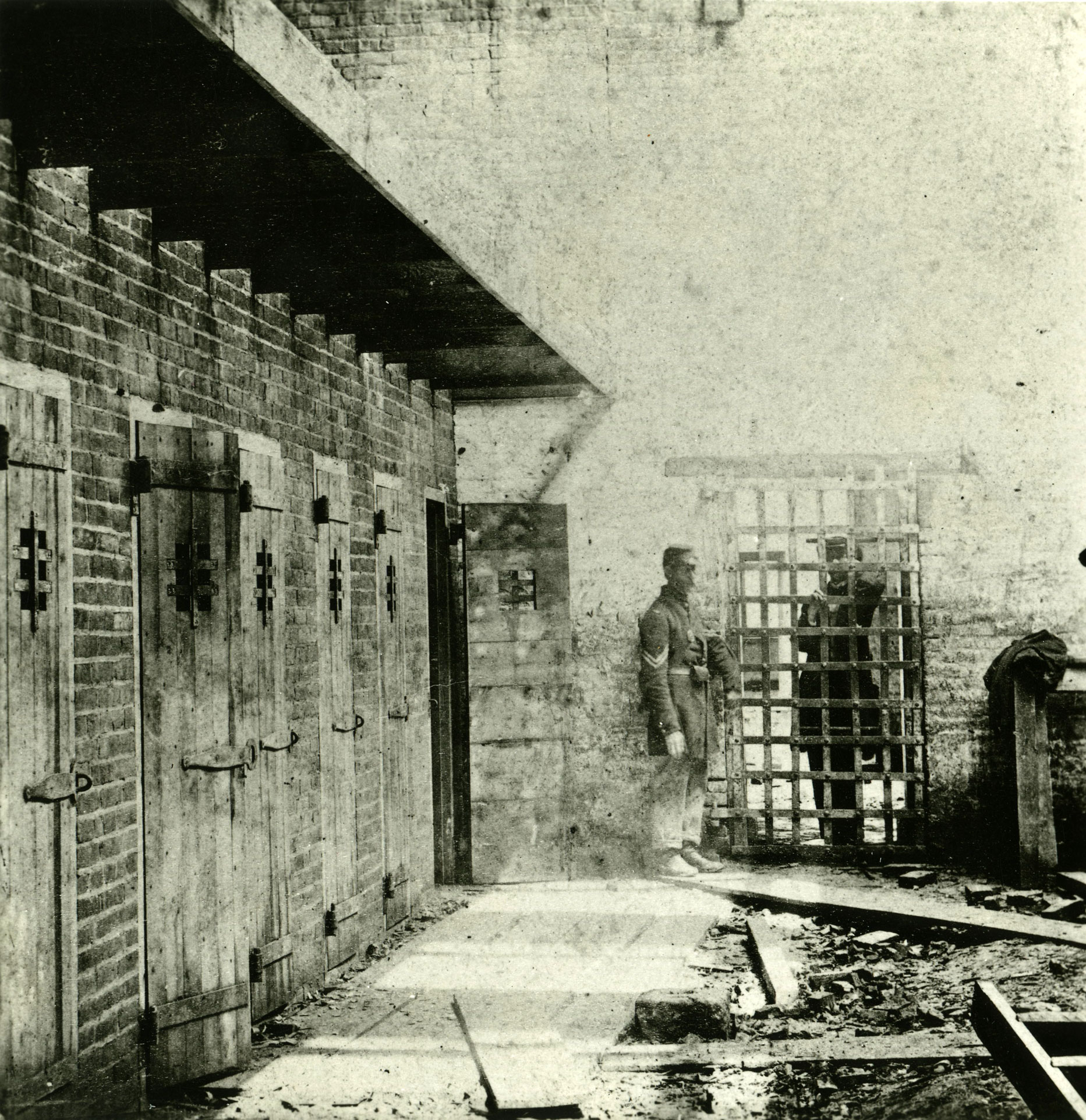
On December 18, 1866 the federal government received a claim dated December 15, submitted by James R. Hughes of Springfield, Washington County “for the compensation of slave named Green Hughes.” The law allowed up to $300 remuneration to be paid for “loss of the slave’s services” when the enslaved had enlisted or been drafted. Enlistment meant freedom because the law stated that no man was to fight while enslaved. Green Hughes’s record doesn’t indicate whether James had permitted Green to enlist. No award is stated in Green’s record. That could reflect the suspension of the claims process in 1867 or the fact that the application placed in Green’s file is a copy; any original with disposition has not been digitized.17
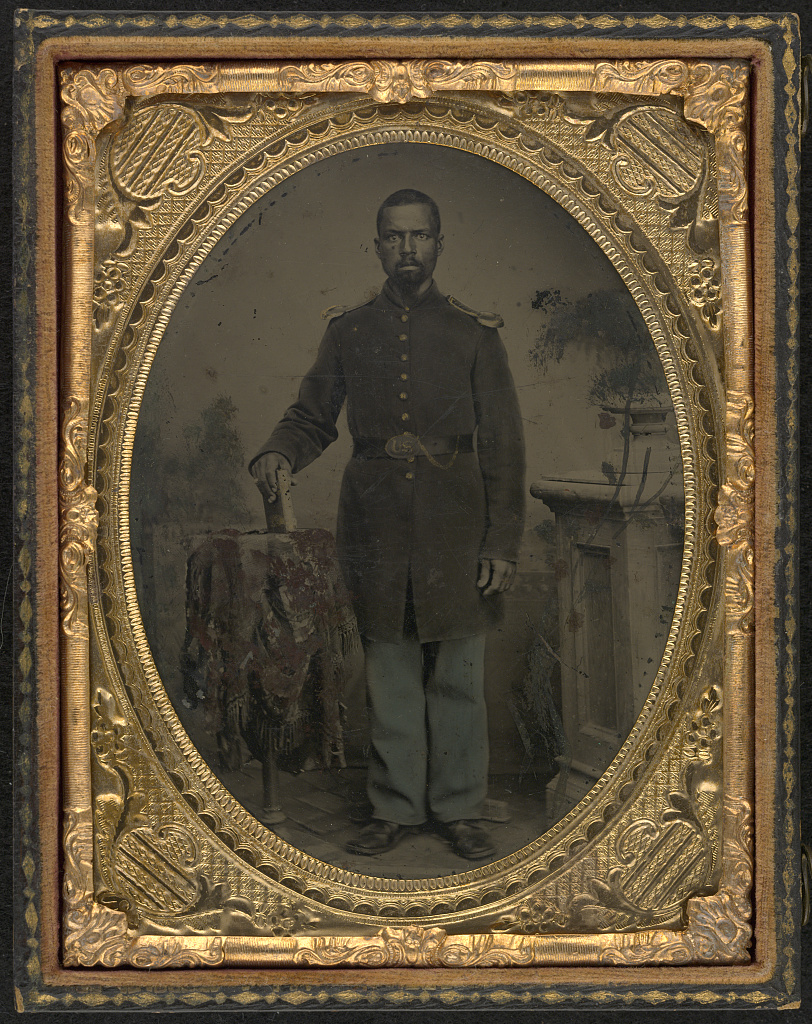
At present I can’t identify the James R. Hughes of Springfield, Washington County who submitted the claim. There are too many with this name to choose from.
- James Reed Hughes, our Willis’s brother, twenty-two years his senior, who raised him following their father’s death. But that James died in 1865, in Union Co.18 Further, that James had enslaved no male who would have been age 22 in 1864, according to his 1860 “schedule” of “slave inhabitants.”
- Dr. James Robert Hughes, our Willis’s nephew (son of James and Willis’s brother John). He was a physician who lived until 1892, and also was a farmer, but in 1860 his “schedule,” too, lists no enslaved male who would have been 22 in 1864. According to U.S. censuses he appears to have lived in Washington Co. in 1850, in Missouri in 1860, and back in Nelson Co. in 1870 and 1880, dying in Washington Co. in 1892.
- James Reed Hughes, son of our Willis, born in September 1845.19 Two enslaved men of the appropriate age (18) do appear in his father Willis’s 1860 “schedule” pictured above. Although this James was 21 when the claim was filed, he was only 8 or 9 when the enslaved Green Hughes was “acquired” in 1854. And, of course, the Willis Hughes family lived in Union Co., not Washington Co.
- James Hughes, born about 1818, who in 1850 was a neighbor, in Marion Co., of James P. Barbour. Barbour appeared with John Smith on James R. Hughes’s Proof of Loyalty, required when submitting the claim. Barbour and Smith attested that James R. Hughes had maintained his allegiance to the U.S. government. By 1860 Barbour was a miller (assessor) of the Washington Co. clerk and shares his surname with Willis’s second wife Bettie Barbour Hughes, the daughter of Moses and Sarah Morrison Barbour.
In an attempt to connect Bettie Barbour Hughes to James P. Barbour (I couldn’t20), I came across the following account of an open meeting held in Washington County over which Barbour presided, and I’m reminded of talk in 2021 of the current crisis—said to be the most dire since the Civil War—and its players, particularly Kentucky’s U.S. senators. The meeting took place in Springfield on December 3, 1860, four months before the start of the war.
Resolved, That we deeply deplore the election of Abraham Lincoln to the Presidency of the United States, and in his election the triumph of a sectional radical party; but, he having been elected according to the Constitution and laws of the Union, as good citizens we deem it our duty to yield to his election, and to resist any unconstitutional act of his administration in the Union, and according to the Constitution and laws of the Federal Government.21
On the Border
We’re familiar with the cliché of how the Civil War divided families—families both white and Black. Until now I hadn’t considered the cliché to apply to my own. In her 2005 study of this divide, historian Amy Murrell Taylor (who now happens to teach at the University of Kentucky) quotes a woman from St. Louis in 1861: “There is scarcely a family that is not divided.” But Taylor states that the families “tended to live in one region of the country: the border states of Missouri, Kentucky, Tennessee, Virginia (and later West Virginia), Maryland, and Delaware, as well as Washington, D.C.”22
Willis Sr.’s Louisville Daily Journal death notice:
Died,
At his residence near Morganfield, Ky., on Saturday, the 28th ult., Judge Willis G. Hughes.
Judge Hughes was an old and highly esteemed citizen and distinguished lawyer of Union county, Ky. He was an earnest Union man, and was extensively and most favorably known throughout Southwestern Kentucky.23
Personally, I hold judges in low esteem, as perhaps did Judge Hughes’s namesake? In her letter, Glad recalled only Willis G. as having fought in the war, not mentioning which side.
Decemberteenth
Glad continued, writing: “When the slaves were freed….” But when exactly were they freed?
Juneteenth was declared a federal holiday, lest we forget, due in part to Donald J. Trump’s championing as part of his Platinum Plan for Black America during his second campaign (platinum being a metal—an element—valuable, and white). Congress finished the work this past June. I found that for two border states the celebration of Juneteenth itself was premature. Per Wikipedia, amalgamated:
Although [Juneteenth] has come to be celebrated as the end of slavery, emancipation for the remaining enslaved in two Union border states (Delaware and Kentucky) would not come until several months later, on December 18, 1865, when ratification of the Thirteenth Amendment was announced.24 There were approximately 40,000 slaves in Kentucky and 1,000 in Delaware who were liberated then.25
With this as background… Glad continued, “When the slaves were freed, the Hughes slaves gathered in any of their separated families and stayed on with H.D.’s mother [Bettie, Willis’s widow]—more than she was able to support!”26
Glad then recounted a single, suspect story of her father’s:
H.D. told us of an old negro of the family, ill and being treated by the doctor, who begged H.D. aged 6–7 for fresh green peas which he knew were being served in the kitchen. So H.D. grabbed the pot and took it to the negro—whereupon his tapeworm choked him to death. H.D. was still sad and subdued telling us that.
Edgar of Berthoud
Glad was Henry Dallam Hughes’s last child. His first, with Lou C. Caldwell (1856–1894), was Edgar Caldwell Hughes (1887–1958). When I first joined the Industrial Workers of the World in 2010 here in Denver, my father mentioned that his “Uncle Ed” had been a Wobbly. Last year my paternal cousin Patricia Hughes Mangis happened to have my dad mention Ed via Storyworth, a family history service whereby people’s recollections can be captured and preserved. This year I asked him to be as specific as he could about what he knew about Ed.27
I was the first member of our family in Laramie to see my Uncle Ed in over twenty years, according to my father. Ed was perceived to be a loner and the “black sheep” of the family. Now, all of this is my recollection from my parents and Aunt Betty Hughes Keiser [Glad’s sister by their mother Mary Jane Ramsey, sister of H.D.’s first wife Gertrude] talking about him. At one time Ed rode shotgun on stage coaches out of Louisiana and Texas. This must have been when Granddad Hughes was a preacher there.
Note: Below I mention H.D.’s myriad locations and occupations. Not listed there are his thirteen years in Singer, Beauregard Co., Louisiana, where he “preached among the poor” prior to his death at eighty years old on October 14, 1934.
Your mother remembers hearing from my cousin Margie [Jackson Hughes Gustafson] that he rode with Pancho Villa but that has not been proven.
In the summer of 1945 my [maternal] cousin Claire was living in Lake Forrest, Ilinois while her dentist husband Kenneth Hall was serving in the Navy at Great Lakes Naval Station. She suggested I come to visit them. They were sharing a mansion with another officer couple. As I recall the place was donated by a wealthy couple as their gift toward the War effort. My father said now was a good time for a member of the family to get aquatinted [!] with Uncle Ed. So my father wrote him and he agreed to see me.
So my parents put me on a Trailways Bus for the two-day trip to Illinois. Keep in mind that I am a kid, not dry behind the ears, given no instructions, just Good luck, you will be alright! The bus gets to Omaha and I assumed it was just another in the many stops, I thought we would stay on the bus but I saw several of my fellow companions going up to the ticket counter so I did too. This was fortunate since I got a transfer to the next bus. Otherwise I might have been sent to Boys Town. I arrived in Chicago met by Claire and went to Lake Forrest. Rich place. Lots of chauffeurs meeting their bosses at the train depot when they returned from the city. In addition, my [maternal] cousin R.G. Swenson from Kansas was visiting his brother Victor who was working in Chicago. I went into the city for a couple days to see R.G. We went to an amusement park and I rode my first roller coaster! Also got to see the White Sox/Yankees baseball game!
Then on another day I took the train in and was met by Uncle Ed. The Halls had contacted him and we agreed to meet at the train station in Chicago. He said he would be carrying a Time magazine. My Dad had described him and said he had lost his hair through an accident with some acid put on his hair by mistake. I do not recall what his hair or lack of same looked like!
I know we walked around the Loop for a while and I remember sitting on a bench on a bridge over the Chicago River. He told me he had helped build this bridge. I was impressed! He also talked about being a member of the IWW. I knew nothing about it and regret not being able to find out more about his political leanings. I assume we ate sometime but I don’t recall. I do remember he left me standing outside a bar while he went in to “see a guy.” While inside, a guy came up to me and, just like in the cartoons, flipped open this coat, offering to sell me one of many watches he had attached to the lining! (I declined.) Uncle Ed returned and took me to a hotel with a counter and then stairs up to the rooms. A bellboy carried my small bag up to my room, unlocked the door, handed me the key, and asked “Would you like a nice young lady to keep you company?” As a 14-year-old boy fresh from Laramie I suppose I just stammered No thanks and closed the door!
As I recall, we arranged for my cousin R.G. to meet Ed and me. I guess this was the last time I saw Uncle Ed. The next day he put me on the train back up north. About a day later, Ken, Claire, and I went back to the city. Had dinner at the Palmer House; I had to get a tie loan because of the dress code and then we saw the play Dear Ruth.28 When we got out of the theater, the streets were jammed with thousands of people as we found out it was V-J Day, the end of WWII! I guess they had bonfires in the downtown streets in Laramie.
Slipped into Jane Arnold’s family history is a one-page list of Ed’s father’s locations and occupations, from birth to death. A sample: Henry Dallam Hughes was born in Morganfield, Union County, Kentucky in 1854. He studied at William Jewel Theological Seminary (now College, which left the Missouri Baptist Convention in 2003 after 150 years) in Liberty, Missouri. In 1871 he became a miner in Leadville (Lake Co.) and Georgia Camp (near Jefferson in Park Co.), Colorado; the latter locality was known for veins of gold, silver, copper, and lead, according to an 1883 report.29 H.D. married Lou C. Caldwell in Breckenridge in 1885. That same year they homesteaded 160 acres near Berthoud and raised chickens.
Eight months before Ed’s birth on September 5, 1887, his parents’ stable caught fire, presumably via sparks from their home’s chimney. The stable was covered in straw and the fire spread so swiftly that they lost their three horses, which were not insured.30 The family moved to Oklahoma City in 1894 where H.D. became a merchant and his wife Lou died that July. They moved to Benton Co., Missouri where he dealt in livestock and married Sarah Gertrude Ramsey on June 1, 1895 in Clinton. The family moved that year to Norton, Kansas where H.D. became a Baptist minister and where his wife died on October 10, 1896 whereupon H.D. moved twenty miles to Long Island and married his sister-in-law Mary Jane Ramsey in Clinton in 1898. They moved two hundred miles east to Junction City where H.D. pastored the First Baptist Church until 1901 when they moved back west 175 miles for farming in Phillips Co. Two years later they moved a hundred miles further west to farm in McDonald where they remained even as H.D. returned to Georgia Camp, living in Breckenridge. He mined there for years beginning in 1911, moonlighting during the winter months of 1914–15 in Dodge City as an itinerant Baptist preacher in the area.31 This will be included in the test.
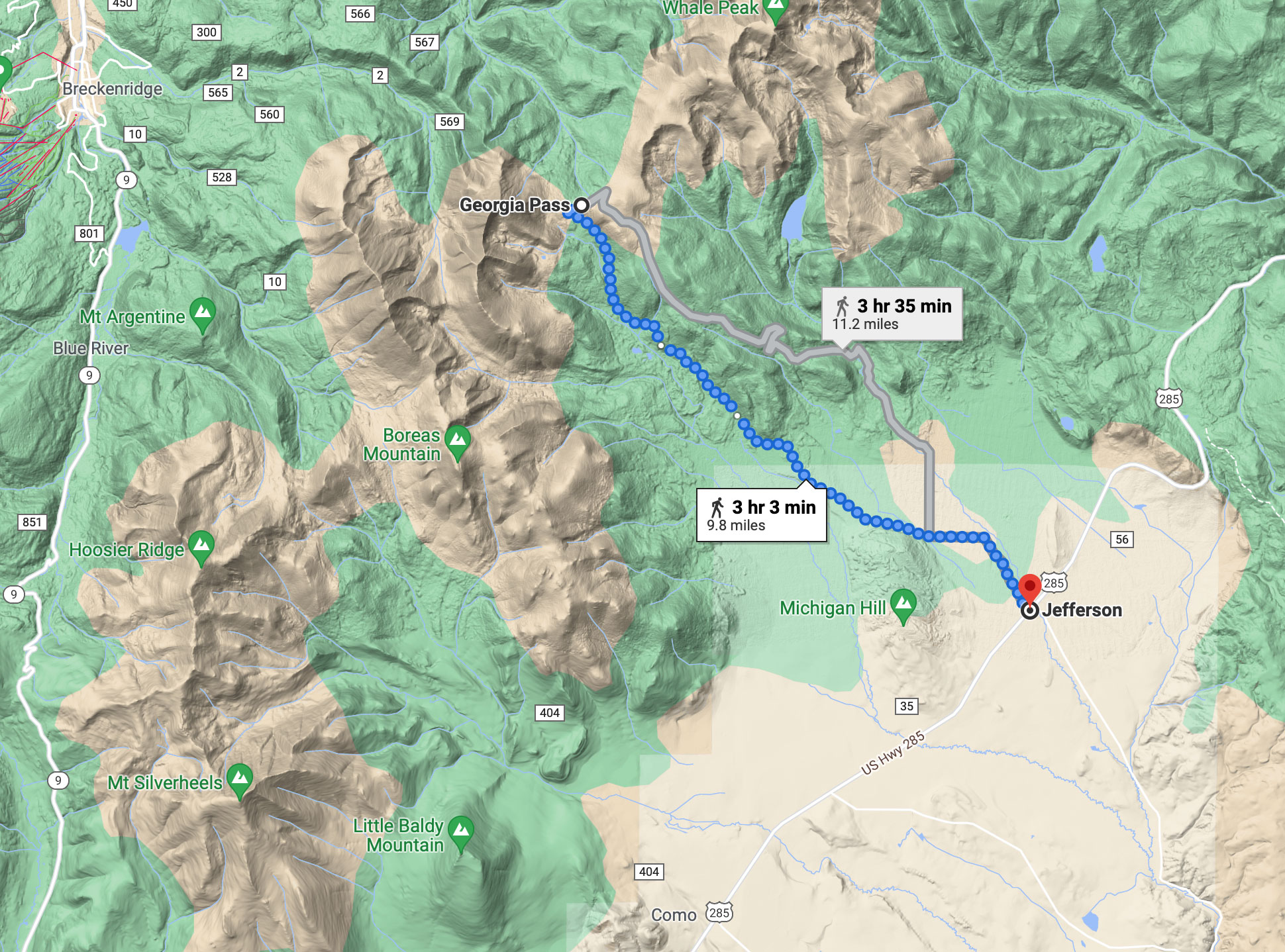
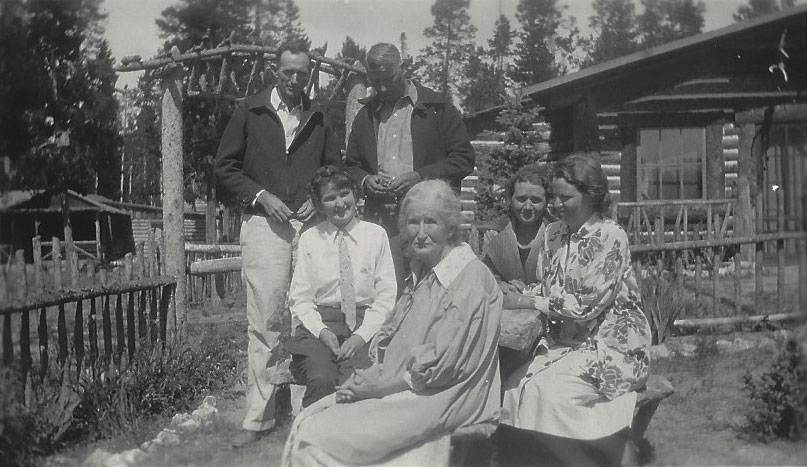
As a youth Ed found a kindred soul in his step grandmother, the mother of his father’s second and third wives Sarah Gertrude and Mary Jane Ramsey. Writing to his half sister Betty Hughes Keiser, Ed recalled:
I knew her from 1896 until her death in 1905. She was to me an unforgettable character. […] Her maiden name was Rhoda Jane Welch, and she was born about 1828 or 1829 in Virginia. She always called it “Old Virginia.” Her parents were moderately wealthy, and owned a plantation and a number of slaves. She had a personal negro servant, who she called “Charlotte.” […] She married Andrew Ramsey and they lived in Missouri. I think they lived near Warsaw at the time of the Civil War. They had three children […]. They took no part in the Civil War, but were Confederate sympathizers.
One day, I think in 1863, Mr. Ramsey was working in a field when a young neighbor named Charles Mitchell rode up and shot and killed him. Your grandmother told me that he had at one time, several years before, caught Mitchell stealing a sheep bell, or at least he knew Mitchell had stolen it. He reproved Mitchell and “told him off” pretty strongly I guess, and afterward Mitchell carried a grudge. It was plain murder, but conditions were such in the border states that Mitchell was able to “get away with it.” Your Uncle Jim, then only four or five years old, was with his father and knew Mitchell and told who it was. Mitchell was arrested but was never brought to trial, probably because of war conditions. Law and order were just about suspended in Missouri then.
Well, your grandmother went ahead under really adverse circumstances and brought up her family, at least as well or better than the average in that country during the post-war period. She certainly deserves credit for that. She lived with us part of the time, and she used to confide in me sometimes. Among other things, she told me she had enough to keep her as long as she would live. I don’t know whether anyone else knew it or not, until after she died. I remember when Father and Aunt Mary found out that I smoked cigarettes and chewed tobacco, she defended me. She didn’t seem to think it was very wicked. […] She died July 27th, 1905 and I missed her plenty. After her funeral and the services at the cemetery, conducted by Rev. Winfrey, I left the cemetery alone and rode around the country all afternoon; didn’t get home until after dark. That’s how it affected me. She used to read her Testament a great deal. She had a cloth binding around it and was very careful of it. Maybe some of you have it yet. Yes, she was a great old lady, sure enough.32
Ed lost his friend about a month before his seventeenth birthday. Although I didn’t chew, I too started smoking at about sixteen. I know my own step grandmother Freda Hostettler Westerhausen Hughes didn’t think it was very wicked.
With the Wobblies
We don’t know when Ed joined the Industrial Workers of the World, but from the U.S. Census we know that, like his father, he was a miner, mining quartz in 1920 (Harlan Co., Nebr.) and quarry stone in 1940 (Cook Co., Ill.). As explained by Dan La Botz, writing in Against the Current, the IWW organized miners in states like Colorado and Arizona, and included Mexican nationals among their numbers.
Consequently, some Mexican miners returned to their homeland as IWW members. At the same time, U.S. miners sometimes went to work in the Mexican mines in Sonora or Chihuahua and carried the IWW union card with them. The IWW, which also organized oil workers, became involved in the oil fields and on the oil shipping docks in Tampico. So by the time of the Mexican Revolution (1910–1920) the IWW had brought a kind of international labor strategy, based on organizing industrial workers everywhere and stretching across the international political frontiers.
Unlike his father H.D. Hughes, Ed doesn’t appear in the 1910 U.S. Census, when he’d have been 22. Speculation could place him in Mexico, laboring and learning from fellow Wobblies, even seeing in Pancho Villa and the Mexican Revolution the manifestation of “forming the structure of the new society within the shell of the old,” to quote the last line in the IWW constitution’s preamble—through direct action in addition to worker organizing.
In any case, Ed registered for the U.S. draft in 1917 from Jefferson, Colo., in Park Co. (yes, of South Park fame today), on the east side of Georgia Pass. He was now a laborer for the City of Beloit, a municipality seemingly lost to history. I want to think that, as a Wobbly, he might have had some variance with the Great War; it was not a revolutionary conflict, and the IWW was targeted in its naysaying at the time. Conversely and counterintuitively, if Ed actually “rode with Pancho Villa,” perhaps he more easily could involve himself in another conflict. After all, the alternative—resistance—wasn’t pretty. Just ask Emma Goldman. And, for that matter, Julian Assange, Chelsea Manning, Edward Snowden, John Kiriakou, Reality Winner—all charged under the Espionage Act of 1917.
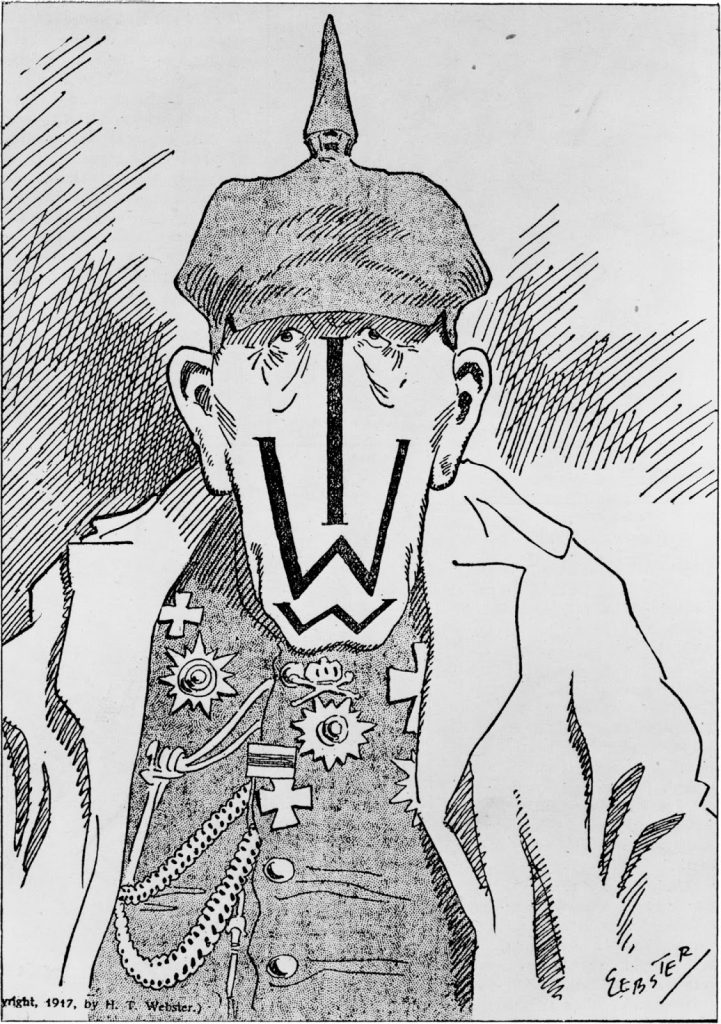
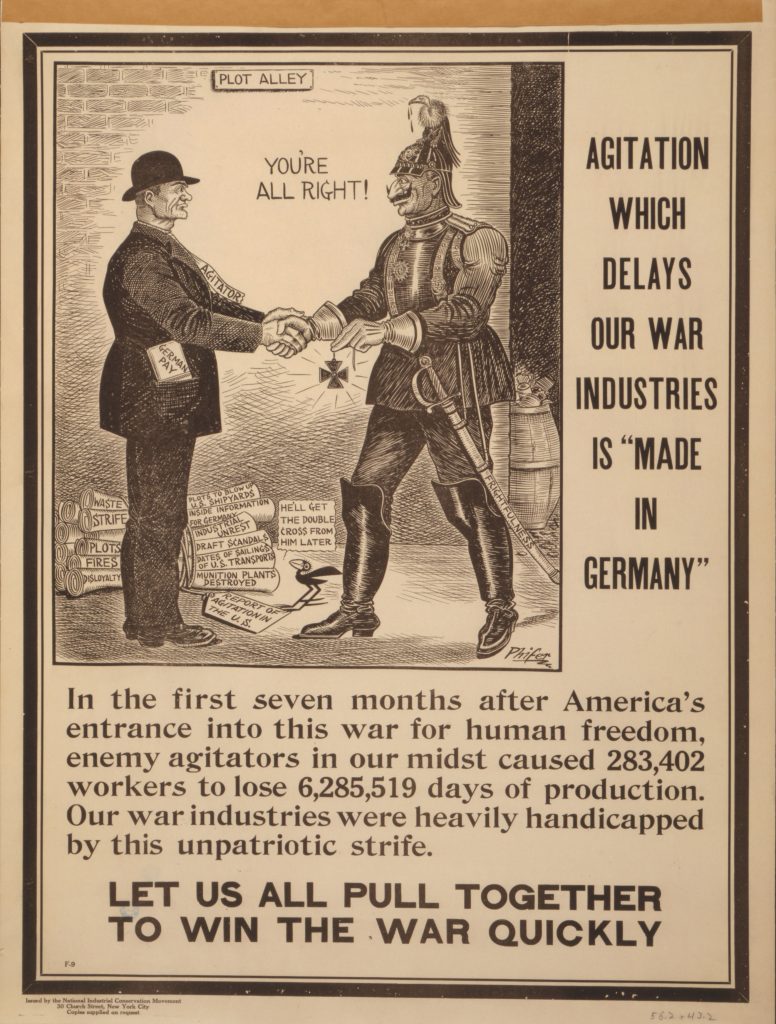
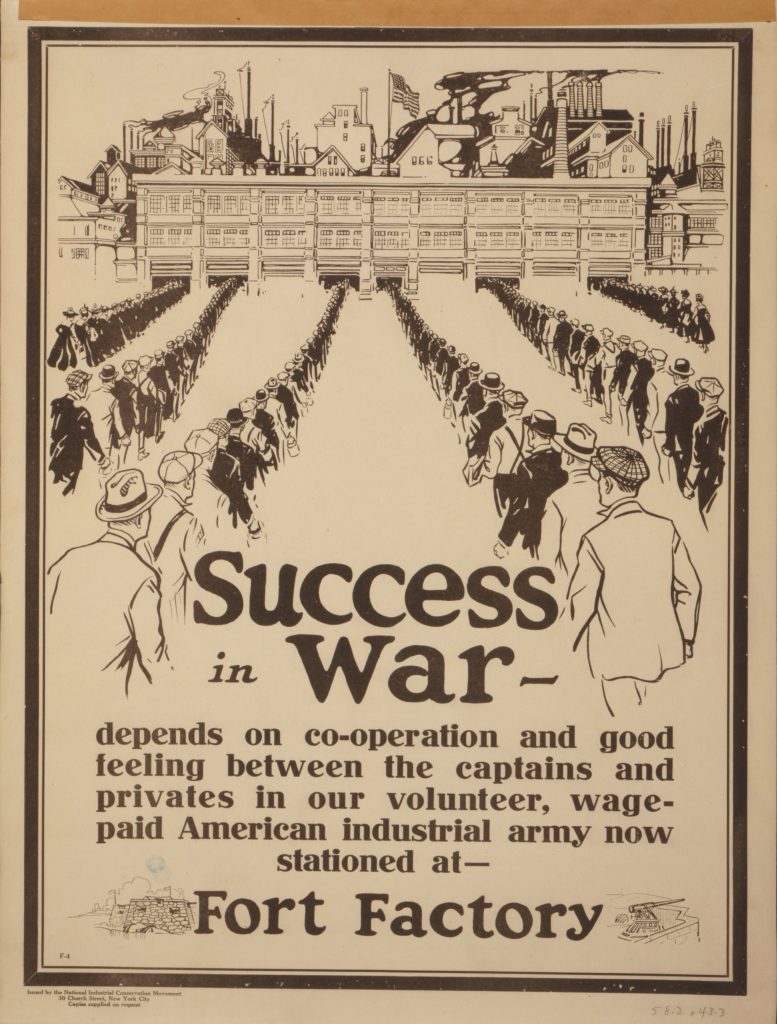
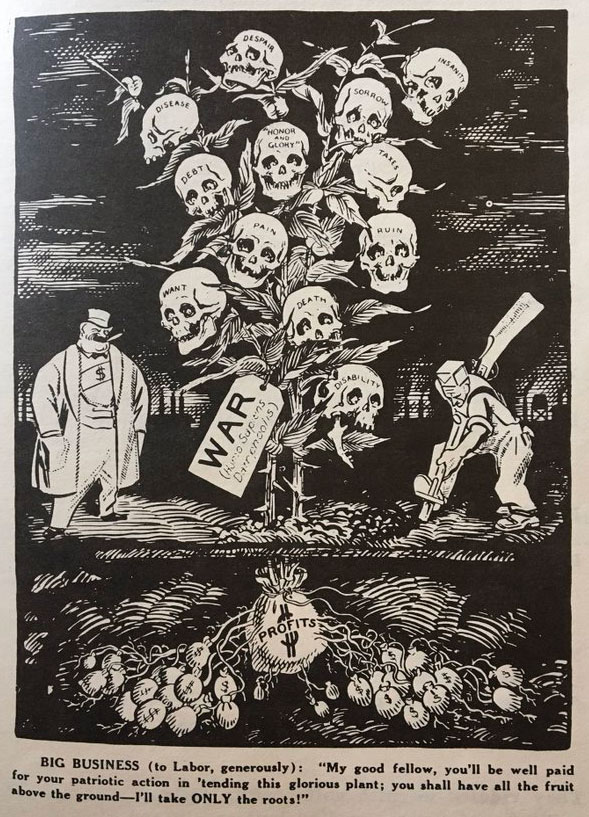
During World War I, Ed was assigned to the 41st Engineers, Aux. Forestry Bn. NA, the history of which is told at The 20th Engineers website. As indicated, the 41st was an auxiliary battalion of the 20th, but was organized as a separate Regiment of Engineers with four companies; Ed was in Company D. They weighed anchor on February 26, 1918 on the Olympic transport for Liverpool, after three days accompanied by U.S. chasers, which met two submarines, both of which were sunk. Arriving on March 5, they moved to a rest camp at Winnal Down, Winchester, and were able to tour the cathedral and Saxon ruins.
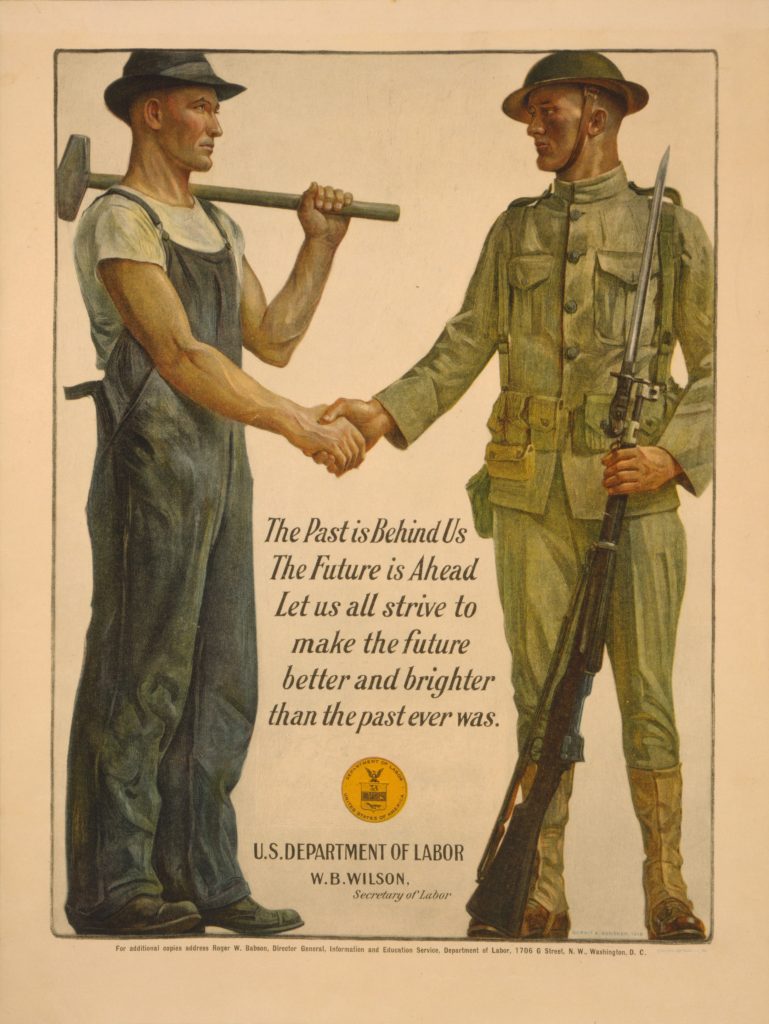
The troops sailed across the channel from Southampton to Le Havre. They moved deep into France, being the first American troops seen at Bricon, between Dijon and Nancy, now at the edge, appropriately enough, of the newly created Parc national de forêts, given their primary duties: “the building of roads and bridge production and delivery of forest products.” They occupied and operated existing lumber mills, built a new one with a capacity of ten thousand board feet, and operated portable mills as well.
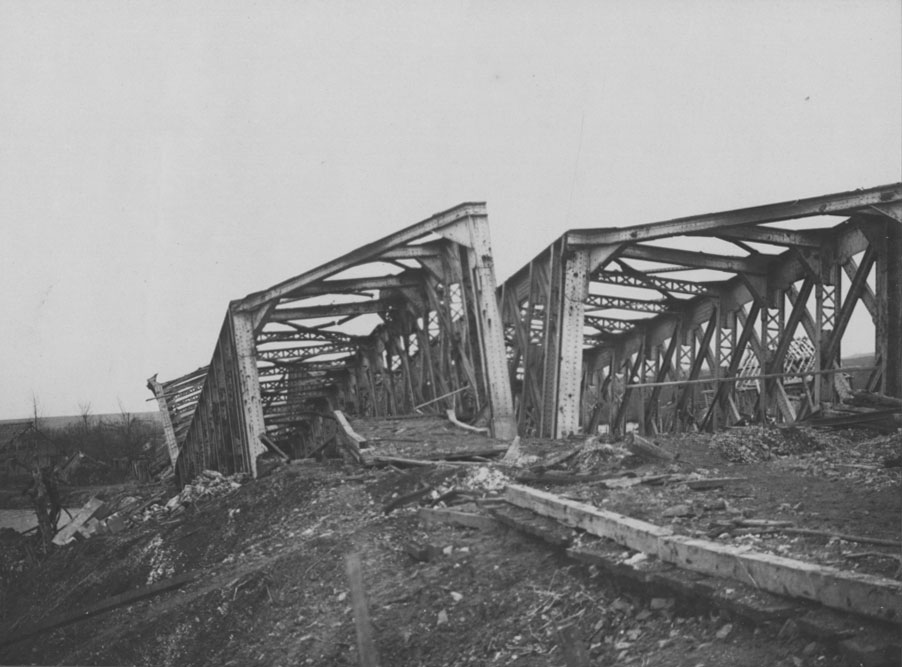
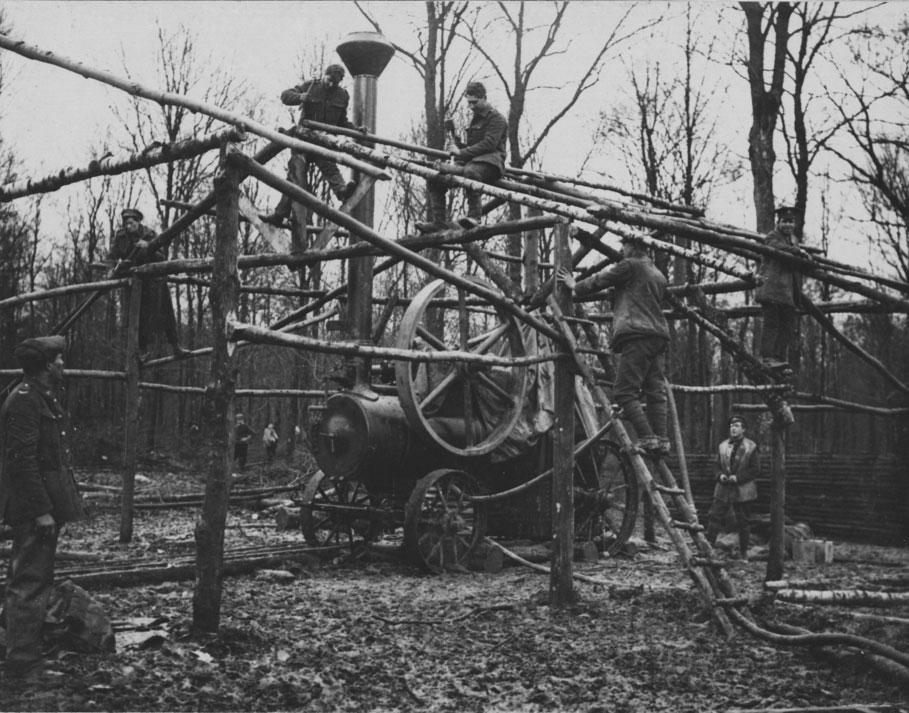
Ed drops out of the public record between 1920 and 1940. In 1920 he was a quarry miner in Harlan County—not Kentucky, site of the famous coal miners strikes of the ’30s and ’70s—but Nebraska, which had sustained floods in 1911 and 1915, as told by Jean McKee Rogers in a county history:
In the year 1911 we had eleven inches of rain one afternoon, from McCook to Red Cloud. The River was from bluff to bluff, water over the top of freight cars on the railroad track. The railroad was washed out for miles, bridges gone and damage to the land. Again in 1915 the River was out of its banks five times. It changed its course completely south of Alma, leaving the bridge and making a new channel farther north. No crops on the river bottom that year. Railroad was again washed out very badly. Bridges were gone in so many places.33
Ed likely helped build bridges as an engineer during WWI, and he told my dad in 1945 he’d built the bridge they sat on in Chicago. Perhaps in the ’20s he quarried abutment stone for washed-out bridges in Nebraska. Or maybe he quarried gravel for muddy roads. “Every mail route is graveled,” Rogers wrote. “The mail is brought every day except Sundays and holidays by Rural Free Delivery to every farm home.”34 We can hope to be so lucky today.
1923 saw the IWW’s membership peak, according to Wikipedia, and the union had a devastating split the next year—a legacy of the WWI imprisonments, with some being released early in 1923 if they agreed to cease union activism. Out of self defense, the IWW itself had declared its former leaders ineligible for office; some of these simply joined the Communist Party.
One IWW stalwart—despite his imprisonment—was Ralph Chaplin, author of the union hymn “Solidarity Forever” (see my The feeble strength of one from 2018). He’d illustrated the 1909 serialization of Jack London’s story The Dream of Debs in the International Socialist Review. And if he hadn’t “ridden with Pancho Villa,” he did spend time in Mexico and supported Emiliano Zapata.35 I don’t think he can be described as an organizer during this time; he was more of a rabble-rouser.
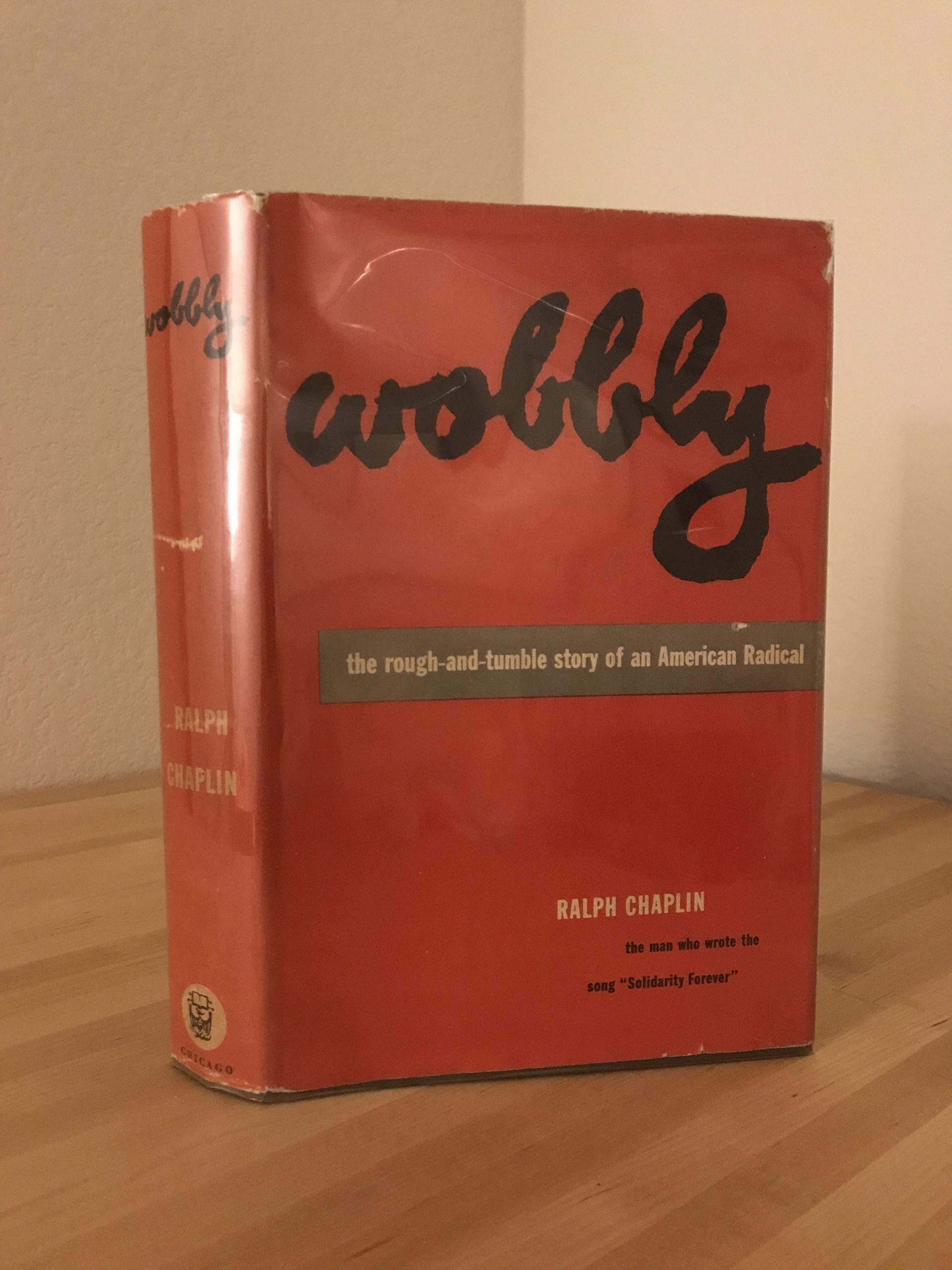
Chaplin became a skeptic of FDR’s New Deal even though he’d backed him in the beginning, and he became even more skeptical of the “Red Star of communism appearing over a hundred dubious front organizations, and [CP head William Z.] Foster marshaling his forces for an intensive ‘boring from within’ drive into the heart of established labor unions.” That included the Works Progress Administration, which “was taken over lock, stock, and barrel.”36 A component of the WPA was the CCC—the Civilian Conservation Corps—with which Ed Hughes worked in Cook County by 1940.
Chaplin himself had come back to Chicago between 1932 and and 1938 as editor of the IWW’s Industrial Worker newspaper. Had Ed and Ralph talked about the CCC there would have been plenty to discuss, starting with the genesis of Ed’s CCC component, the Veterans Conservation Corps. Ed fell outside the 18-to-25 age group of the typical CCC enrollee. In 1932, WWI vets undertook the second Bonus March on Washington—with its famous Hooverville shanty town—forcing FDR (following Hoover’s departure) to open the CCC to vets of any age. Chaplin decried communist involvement in these demonstrations and New Deal programs. As communists permeated, they were duty-bound under a hierarchy rooted in the Comintern—the antithesis of the Wobblies’ lateralist anarcho-syndicalism.
And unlike the IWW, the CCC was segregated, the only Blacks being appointed to leadership by its director Robert Fechner (a machinist union official) were educational directors in the segregated camps. Racial disparity was codified in the New Deal’s labor-legislative hallmark, the Wagner Act, which Chaplin “tore to tatters” in his speeches and writing.37 The act gave collective bargaining and unfair labor practice recourses to most workers but denied the same to domestic and agricultural workers—exclusions that applied to nearly three out of four Blacks who labored in southern states in the ’30s, and nationwide to more than 60 percent of Black workers and 85 percent of Black women workers. Another New Deal gem, 1934’s Federal Housing Administration, helpfully provided white home buyers with “a model ‘restrictive covenant’ that would pass court scrutiny,” according to professors Melvin Oliver and Thomas Shapiro.38 For discussion of “organized labor”’s differences with the CCC, see this article at the National Archives.39
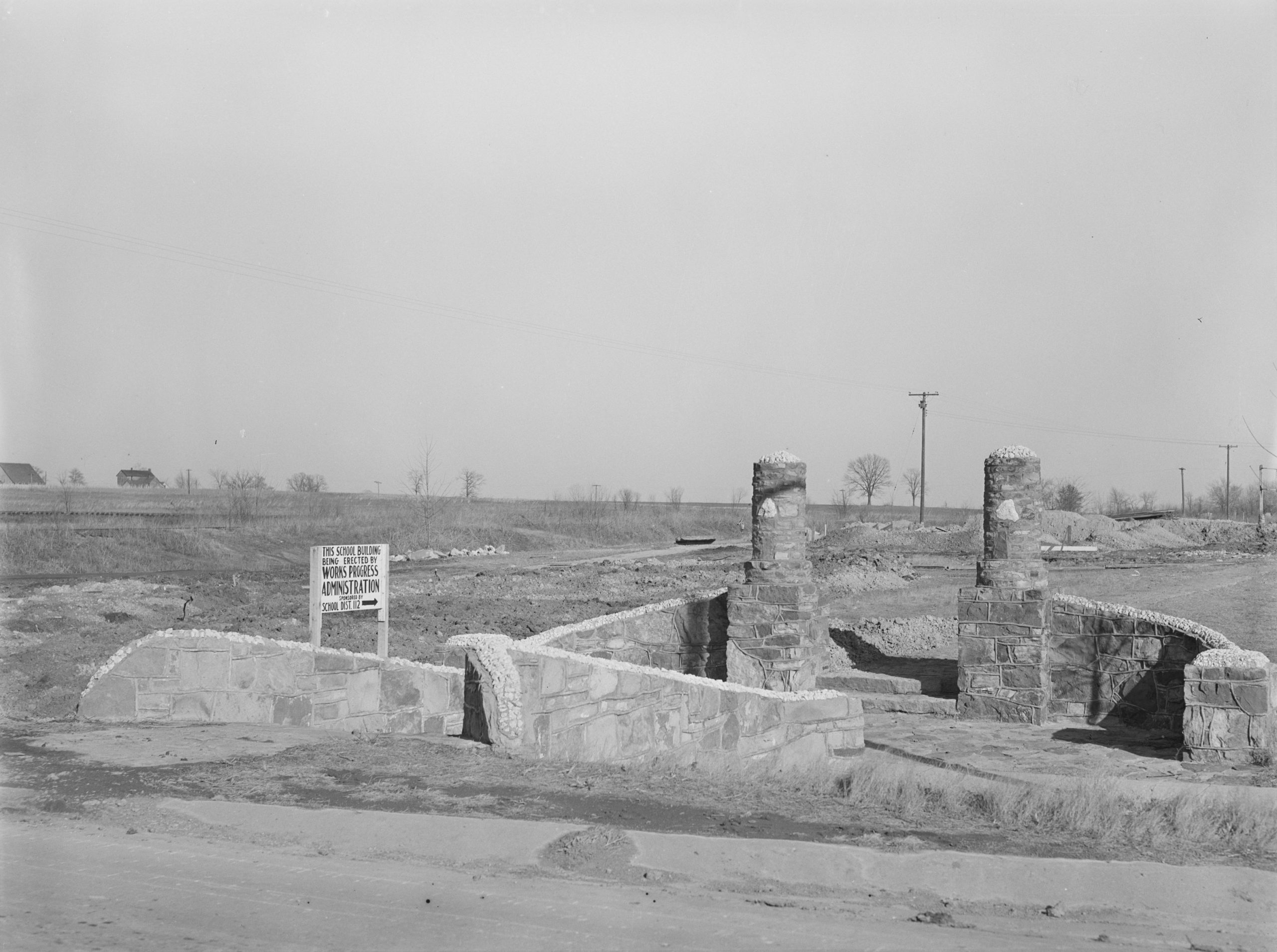
And so at least five years before my father visited his uncle Ed, he’d been employed by the Civilian Conservation Corps at Camp Sagawau (CP-11), which was part of the 70,000-acre Forest Preserves District of Cook County, set up in 1905 to give urban dwellers relatively ready access to natural, maintained landscapes. In 1940 the Corps at the camp had 104 white enrollees, aged 39 to 61, hailing from the U.S. to the U.S.S.R., in various occupations from typist to carpenter, baker to electrician, blacksmith to fire guard to stone cutter. Ed was a laborer at the limestone quarries that now are fishing lakes.40
The 21st, an Illinois Public Media talk radio show, provides the CCC statistics: 3 million unmarried men, aged 17 to 28 between 1933 and 1942, with about 50 camps in Illinois alone. (Ed, of course, was 52 while in the CCC in 1940 due to the exception made for unemployed vets.) “And if you’ve ever visited the lodge at Starved Rock State Park,” writes The 21st, “walked among the Skokie Lagoons (the largest CCC project in the nation), or driven across a bridge on the I&M Canal, you’ve experienced the history of the CCC in Illinois.”
Ed died on September 4, 1958, a day shy of his seventy-first birthday, in St. Francis, Cheyenne Co., in the northwest corner of Kansas. In her family history, Jane Dyer Arnold gives his date of death as the same day in 1957, apparently via my mother. Is September 4—regardless of year—too much of a coincidence? Apparently not. According to his death certificate, Ed had been living with his sister Ruby Lulu (Ohler) Bennett in Denver.41 He was hospitalized in St. Francis on September 1,42 dying three days later. The causes of death were cardio-renal disease (10 yrs) and idiopathic asthma (20 yrs) with a secondary condition of anemia. The informant was Ed’s brother Henry Dallam “Dal” Hughes Jr., who lived in McDonald, twenty-four miles to the east, where their father had farmed decades before.43 Perhaps Ed wanted to die in the place where he’d come of age.
Orleans, in Harlan Co., Nebraska, where Ed lived in 1920, and St. Francis, in Cheyenne Co., Kansas, where he died nearly four decades later, have at least one thing in common: Nebraska’s Deadliest Flood. The Republican River—named after the Republican Pawnee people (Kítkehahki, or Little Earth Lodge Village, what seems like a chicken–egg riddle)—and its tributaries were inundated by a storm on May 31 and June 1, 1935 that dumped an average nine inches as it moved in the direction of the drainage basin. This came during the Dust Bowl drought years, but that May had been wet before the 31st. A history of St. Francis states:
The St. Francis Herald reported that the flood swept past St. Francis, Kansas dumping as much as 24 inches of rain in only minutes. The waters, over a mile and a half wide, swept past the city at about 3 a.m. with no warning. People, livestock, buildings, machinery, trees, bridges, fences, and highways were swept into a new channel cut through the county. When the waters subsided two days later, over 113 lives had been lost and there were millions of dollars in losses in the region. St. Francis lost two victims to the flood.
Jean McKee Rogers, from her history of Harlan County:
This flood came as a wall of water eight feet high in the night from eastern Colorado to Superior. There were 104 people drowned between McCook and Alma. Twenty-five people lost their lives in Harlan County. Oxford, Carter and Orleans areas were where the greatest loss of life occurred. […] The water was from bluff to bluff, the roar so great you could not converse with the person beside you standing on the edge of the rushing torrents of water. Everyone was inoculated against typhoid fever.
A dam across the Republican River wasn’t begun for eleven more years. “Floods delayed the work some in 1947 […],” Rogers wrote.44
From a Quarry
Ed’s military Report of Interment lists his service data: 41st Co, 20th Engr C.E. (white). His next of kin is listed as sister Ruby O[hler, her first married surname] Bennett of Denver. And so Ed is buried there at Fort Logan National Cemetery. Ed’s headstone came from Columbus Marble Works of Columbus, Mississippi, which had been doing mail order since 1935 according to its website; the Works rubber stamp on Ed’s form indicates some kind of arrangement. Ed could have been privy to the workings of such stone works. Because flowers are for the living, Christian is checked in the form’s Emblem section. But maybe Ed, too, kept his Testament in a cloth binding. Maybe, like silly me, he read the words and believed what was said about the poor, those who mourn, the meek, those who hunger and thirst for righteousness, the merciful, the peacemakers, and those who are persecuted for righteousness’s sake.
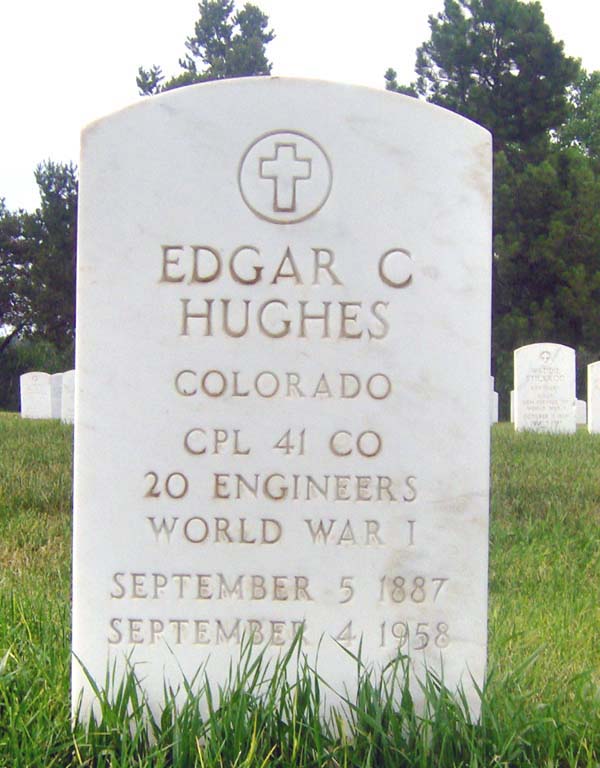
When I was finishing this I asked my father if Uncle Ed had attended that family reunion in 1937. “No. The reason they sent me to check him out in 1945 was because they knew nothing about him.” We know a little more about him now, but not much. But we know enough to ask, as I did recently, “Who is the black sheep of the family?”
I’m grateful to my parents, Phyllis J. Pankonin Hughes and Robert D. Hughes, for their contributions to this bit of our family history.
Header image:
Cartoon by Ralph Chaplin,
Solidarity newspaper,
June 2, 1917 45
Notes
- Mildred Hamilton, “An Adventurous Marriage Pact,” San Francisco Chronicle, 14 Jul 1972, 27.
- Personal correspondence to R. D. Hughes, Boulder, Colorado, n.d. but likely written 07 Jul 1973.
- Robert D. Hughes, via Storyworth, 20 Jan 2020, facilitated by Patricia Hughes Mangis.
- Personal correspondence on Hotel Cecil stationary to R. D. and P. J. Hughes, 15 Jul 1973.
- Unless otherwise referenced, family history information in this post comes from Jane Dyer Arnold, James Samuel Blue Family of Union County, Kentucky: Ancestors and Descendants (Franklin, Kentucky: privately printed); History of Union County, Kentucky (Evansville, Indiana: Courier, 1886). Primary records obtained via Ancestry.com and Fold3.com.
- Arnold, 64.
- Arnold, mm…, 69.
- Progression of the Name, “Willis,” in the Hughes Family, compiled by Phyllis J. Hughes, 24 Jan 1974.
- Arnold, 76.
- I’m grateful to my mother Phyllis J. Pankonin Hughes for providing me with her transcript of the Hughes Bible (Brattlesboro, Vermont: Brattleboro Typographic, 1842), which gives the birthdate of Willis Green Hughes as 20 Apr 1815, which differs from the 20 Apr 1816 published in History of Union County, Kentucky.
- The National Archives in Washington DC; Washington DC, USA; Eighth Census of the United States 1860; Series Number: M653; Record Group: Records of the Bureau of the Census; Record Group Number: 29.
- According to the 1860 U.S. Census, 27 Jul 1860, the brothers who legally could have enlisted at 18+ during the Civil War years (1861–1865) were: Edward (b. 1838), Joshua Davis (b. 1845), James Reed (b. 1844), and Willis Green (b. 1846). Another son, Jonathan Reed (b. 1846), is not listed, but is listed by Jane Arnold (69; all birth years above are from this reference).
- I should mention that I have not yet done a search for any of H.D. Hughes’s brothers who might have fought in the Civil War. My mother, Phyllis G. Pankonin Hughes, however, provided me with a reference that lists an Edward Hughes from Union County who fought on the Confederate side “at Donelson” and who may have been H.D.’s brother; see Edward Porter Thompson, History of the First Kentucky Brigade (Cincinnati: Caxton Publishing House, 1868, 668). The text otherwise lists only W.G. Hughes, also of Union County. As noted above, H.D.’s brother Edward is listed in the 1860 U.S. Census as being 22 years old—the oldest of the surviving siblings (two died in infancy).
- The 1900 U.S. Census for the household including his brothers James R. and Edward L. in Olive, Garfield Co., Oklahoma, lists Willis G.’s birthdate as Aug 1847. The 1860 census (dated 27 Jul) for his parents’ household in Union County, Kentucky lists Willis G. Jr. as 13 y.o., meaning he would have been born in 1846 based on an Aug birth month.
- The Confederate military record documents for Willis Green Hughes (age 21 upon his enlistment) contain all variations of his name: Willis Green, W. G., and Green.
- A second record containing less data but with the same capture date, location, and discharge date, lists Willis in the 1st Kentucky Cavalry; Register of Prisoners of War received at Military Prison, Louisville, Ky.
- See Guide to Civil War Slave Compensation Claims from Compiled Military Service Records, St. Louis County LIbrary.
- See Administrator’s Bond, Commonwealth of Kentucky, for James R. Hughes, intestate, made by his wife Rachel L. [Givens] Hughes, 27 Mar 1865.
- James Reed Hughes’s birth year and month are based on the 1900 U.S. Census, Olive Township, Garfield Co., Okla., 26–27 Jun 1900.
- “There were other Barbours living in Ky. at an early date, but JDA has found nothing to link them with our Moses” (Arnold, 81).
- See “[For the Louisville Journal.] [sic],” Louisville Daily Journal, 08 Dec 1860, 3.
- Amy Murrell Taylor, The Divided Family in Civil War America (Chapel Hill: University of North Carolina Press, 2005, 3.
- Louisville Daily Journal, 05 Mar 1863, 3.
- Taken from Wikipedia entry Juneteenth: End of slavery in Texas.
- Taken from Wikipedia entry Emancipation Proclamation: Postbellum.
- See a probate record for Willis G. Hughes, dated 30 Mar 1863 in Union County, Kentucky, where our Willis lived. Appointed administrators were Jonathan R[eed] Hughes (his brother, a Union County judge) and D[aniel] H[enry] Hughes (his nephew, son of John Hughes II; a lawyer).
- The following is copied wholesale from email, Robert D. Hughes, 20 Sep 2021, and excerpted from Robert D. Hughes, via Storyworth, 20 Jan 2020, facilitated by Patricia Hughes Mangis.
- Norman Krasna’s comedy Dear Ruth was enjoying its seventeenth week at the Harris Theater in the Loop; directed by Moss Hart, starring William Harrigan, Leona Powers, Herbert Evers, and Beverly Chambers. See display ad and “Chicago Playbills,” Chicago Sunday Tribune, 12 Aug 1945, Part 6, 2.
- “From Georgia Pass: Description of Some Fine Prospects That Are Opening There,” Fairplay Flume, 07 Jun 1883, 1.
- “Berthoud,” Fort Collins Courier, 27 Jan 1887, 8.
- Insert found in Arnold, James Samuel Blue Family: Places Henry Dallam Hughes Lived and His Occupations, compiled by Henry Dallam (Dal) Hughes Jr., McDonald, Kansas, n.d. See also “Personal Mention,” Summit County Journal, 14 Nov 1914, 5.
- Tribute to Rhoda Jane Welch Ramsey, transcript of excerpts of personal correspondence from Edgar C. Hughes to half sister Betty Hughes Keiser, 21 Oct 1953.
- Jean Mckee Rogers (Mrs. Thomas C. Rogers), History of Harlan County (Alma, Nebraska: unpublished manuscript, 1967, 12).
- Rogers, 13.
- Ralph Chaplin, Wobbly (Chicago: University of Chicago Press, 1948, 105, 113).
- Chaplin, 357, 358.
- Chaplin, 357.
- Chaplin, 357. Data regarding the Wagner Act and FHA are taken from a manuscript of mine; references available upon request. For an alternate view of the New Deal and Blacks, see Adoph Reed Jr., “The New Deal Wasn’t Intrinsically Racist,” The New Republic, 26 Nov 2019.
- Joseph M. Speakman, Into the Woods: The First Year of the Civilian Conservation Corps, Prologue magazine, Fall 2006.
- See 1940 U.S. Census, Lemont township/”Sag” Forest, Cook County, Illinois, 02 Apr 1940.
- Certificate of Death for Edgar Hughes, Kansas Department of Health and Environment Office of Vital Statistics, File No. 115-1958-13510.
- ”Cheyenne County Hospital Notes,” St. Francis Herald, 11 Sep 1958, n.p.
- See Edgar Hughes death certificate. My mother Phyllis cites Dal Hughes, McDonald, Kansas, as the source for an undated list, Places Henry Dallam Hughes Lived and His Occupations. The family lived in McDonald, Rawlins Co., between 1903 and 1911.
- Rogers, 12.
- I chose this image because Organization is a weapon against slavery (which never has ended) despite its wielder being white and male.


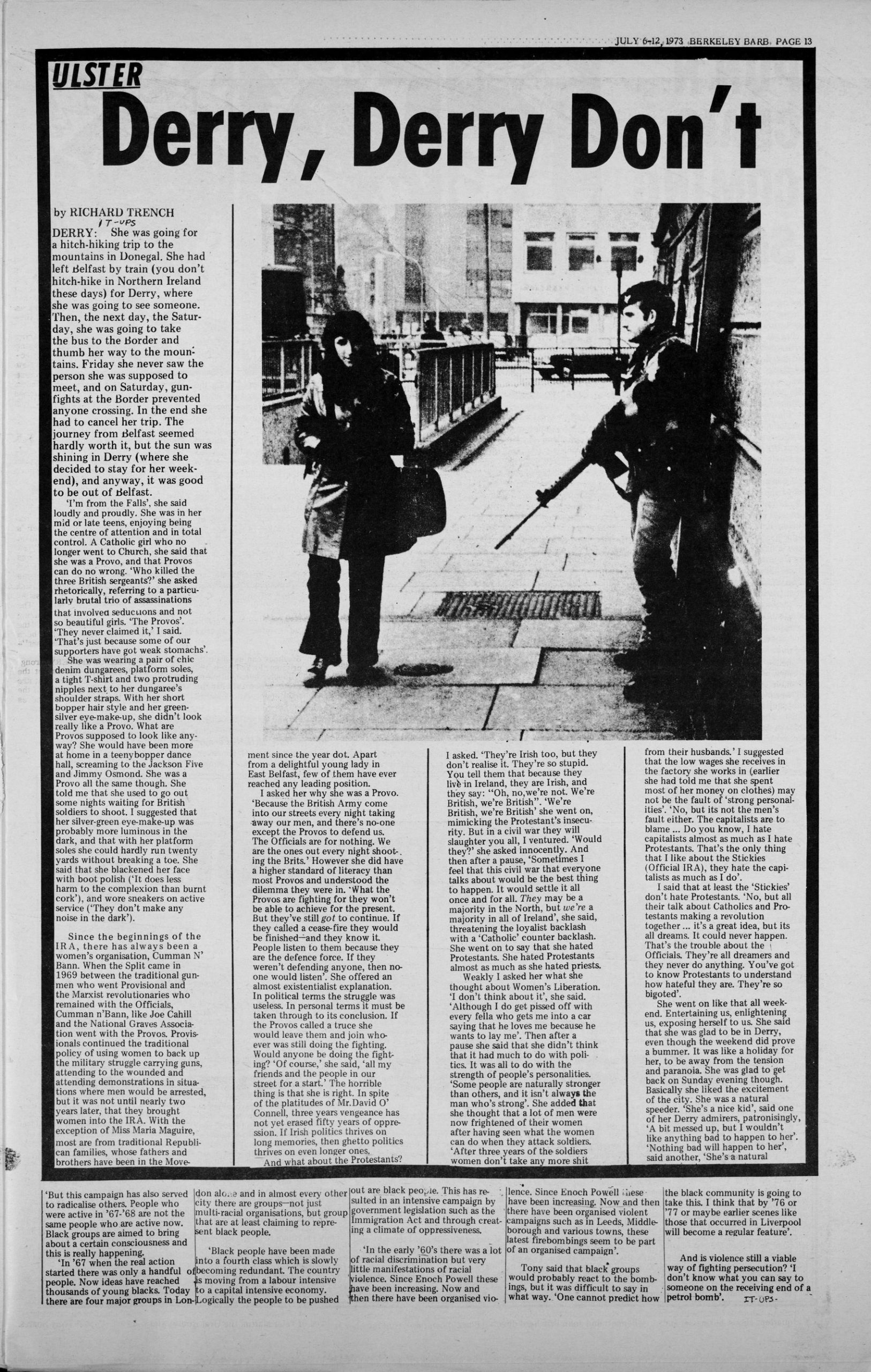
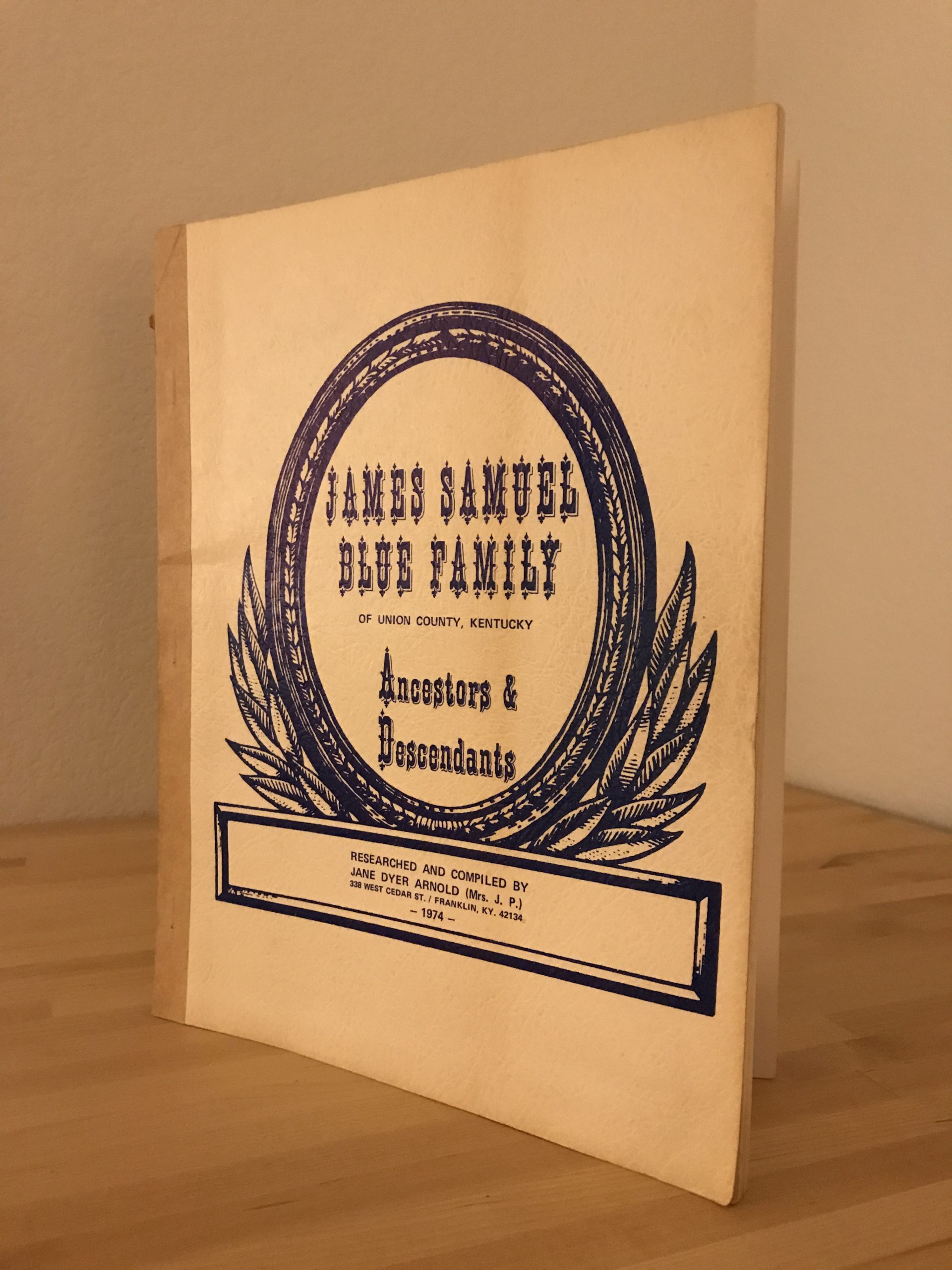
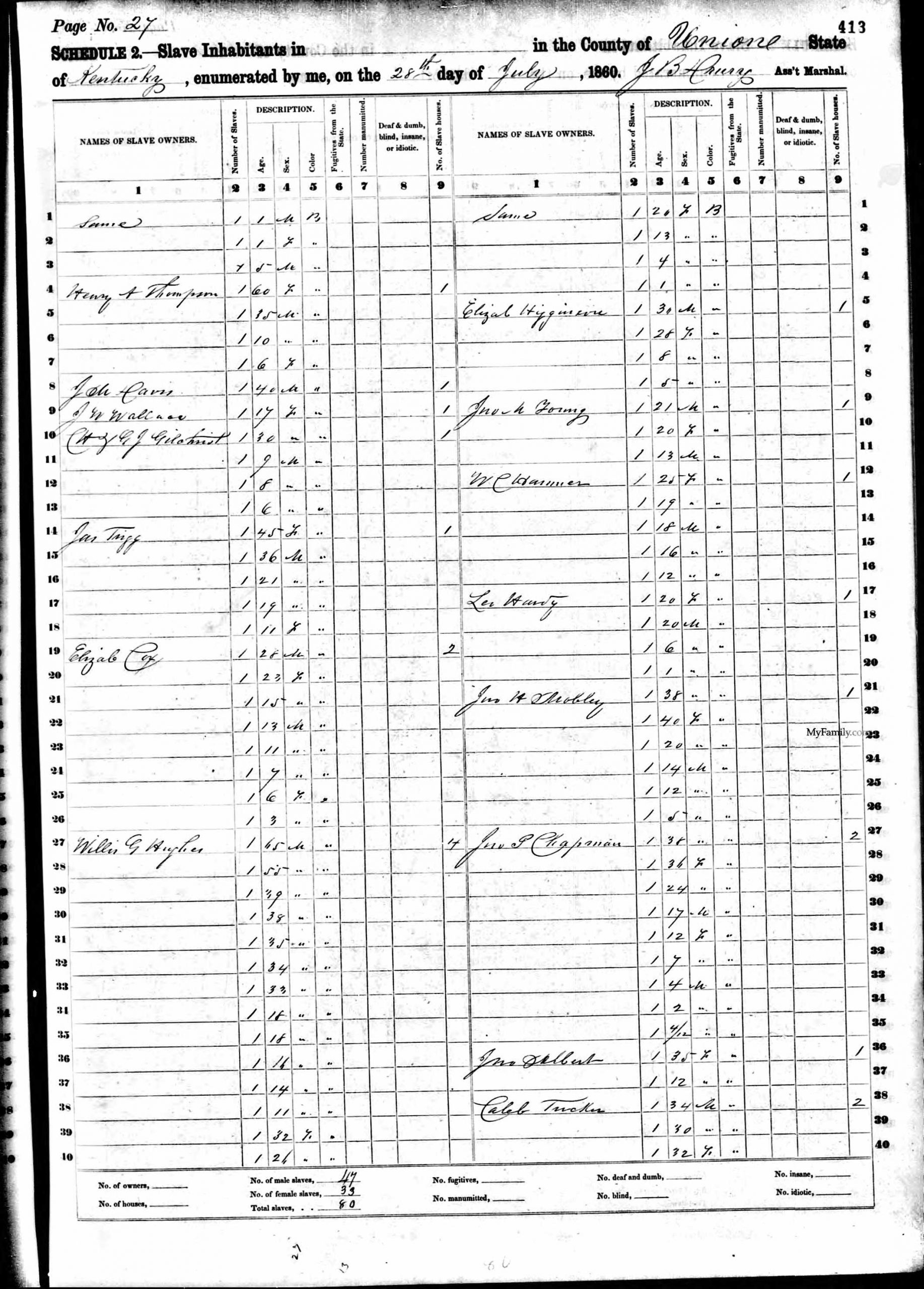
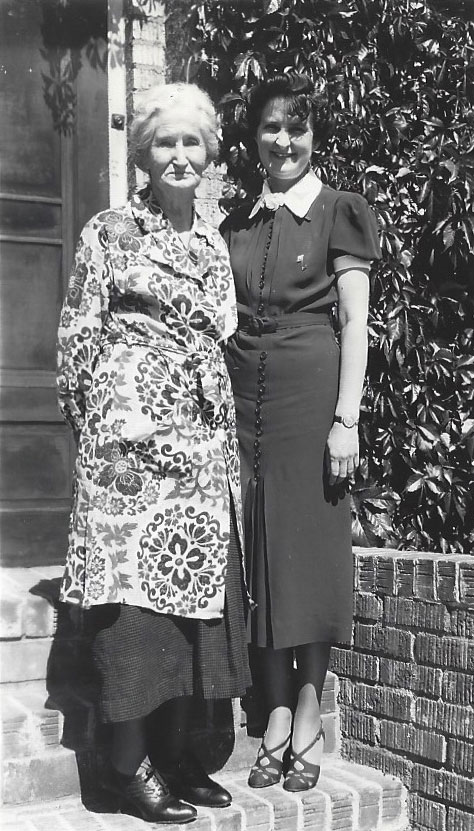
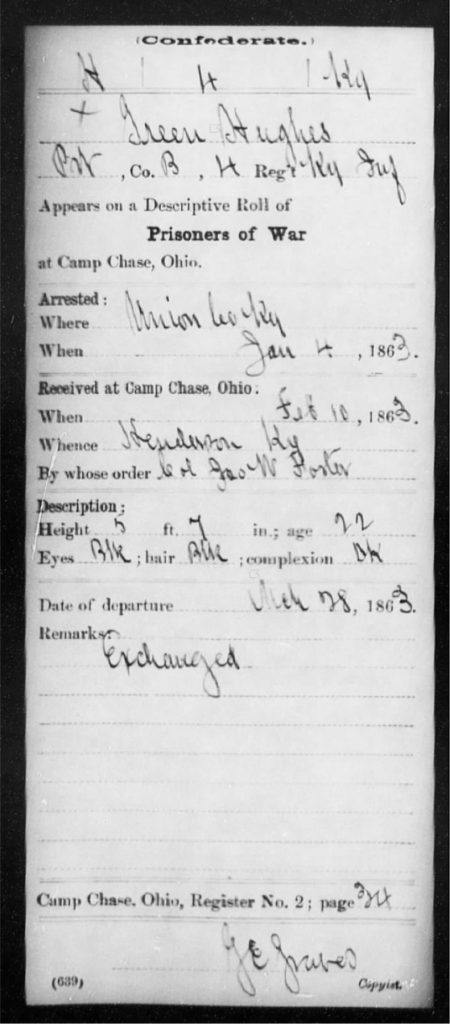
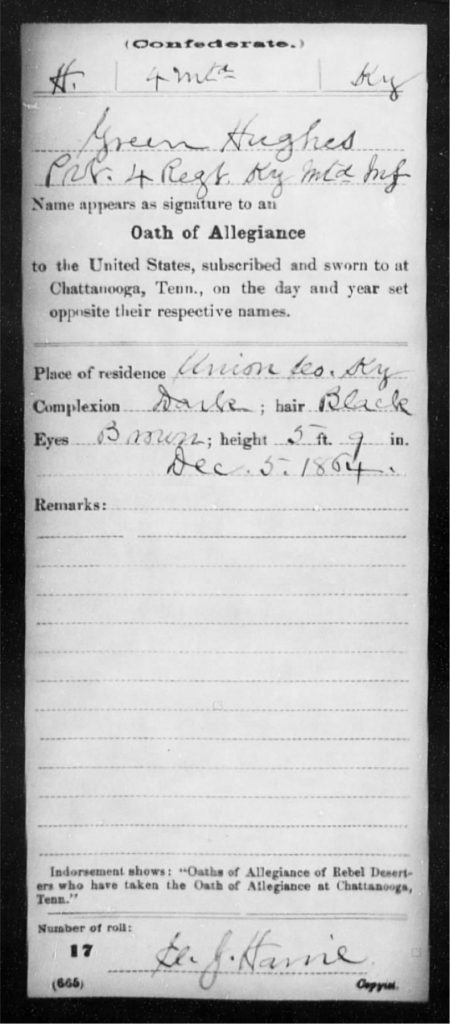
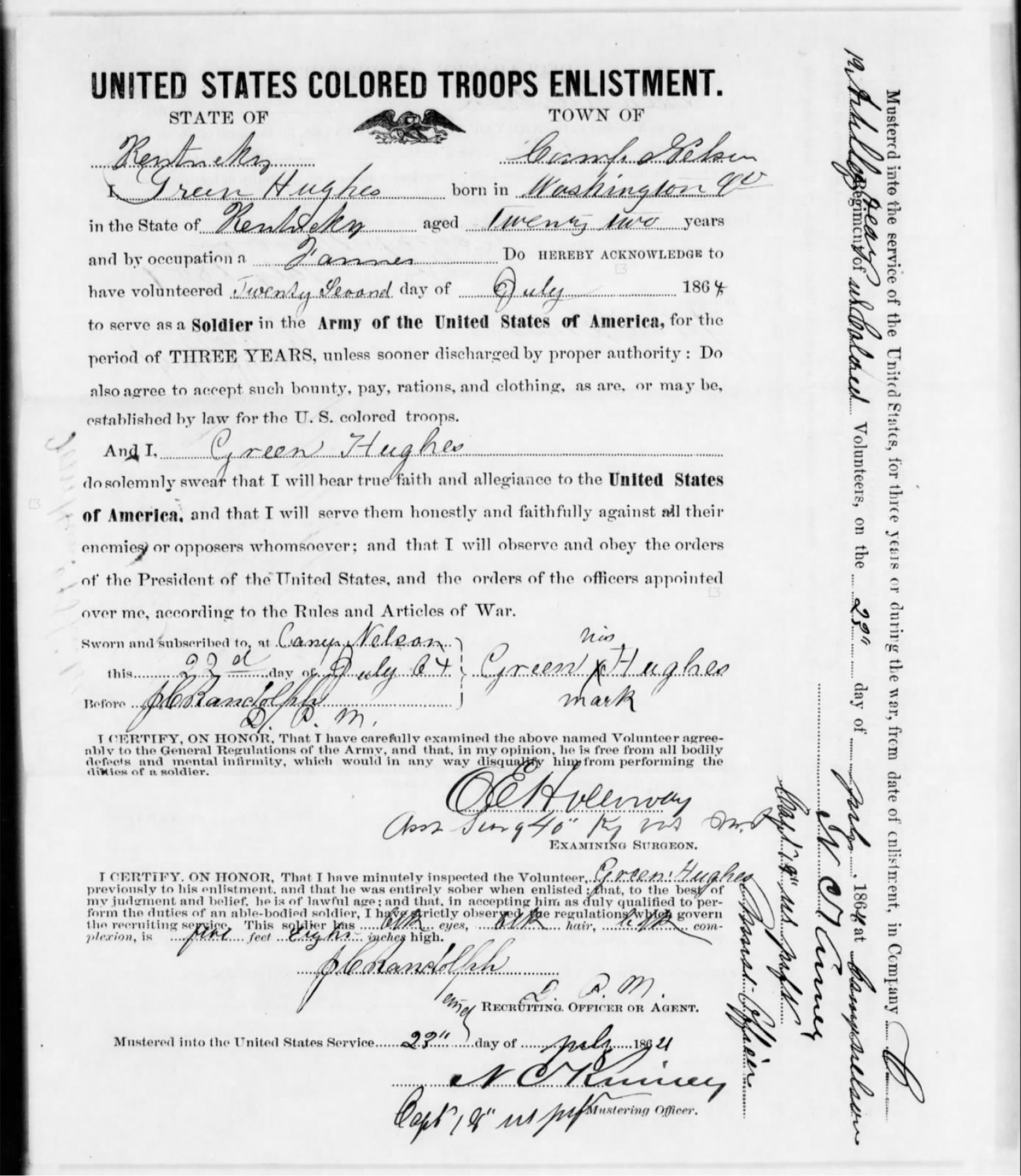
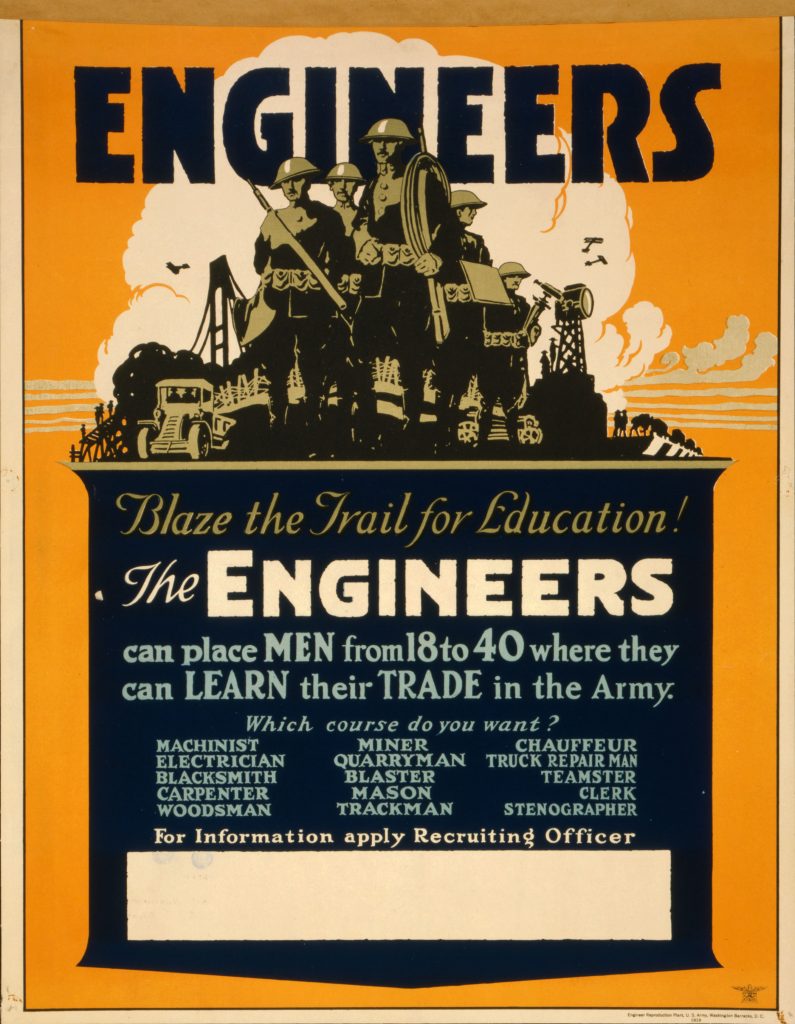
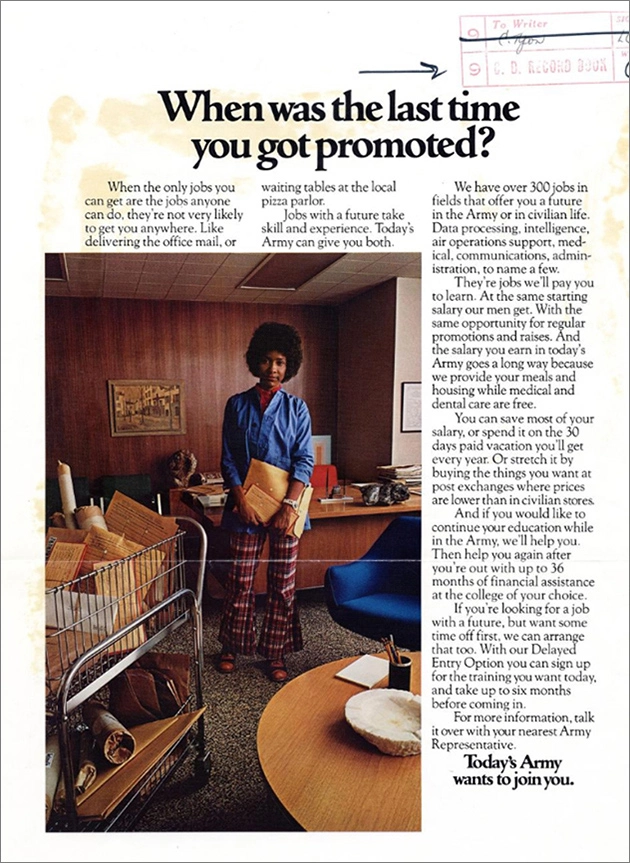
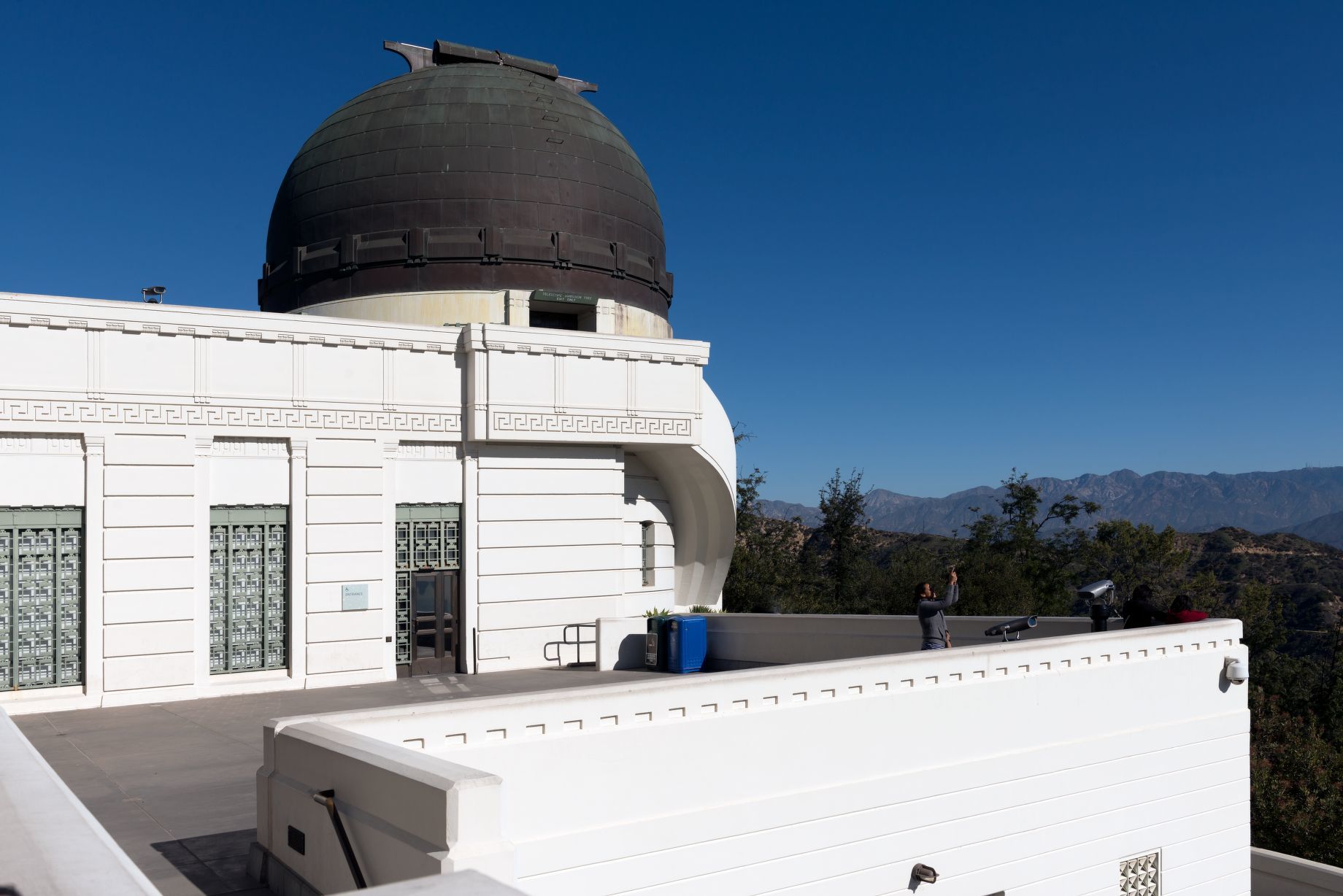
One Reply to “My Old Kentucky Home: Edgar, Willis and Green”